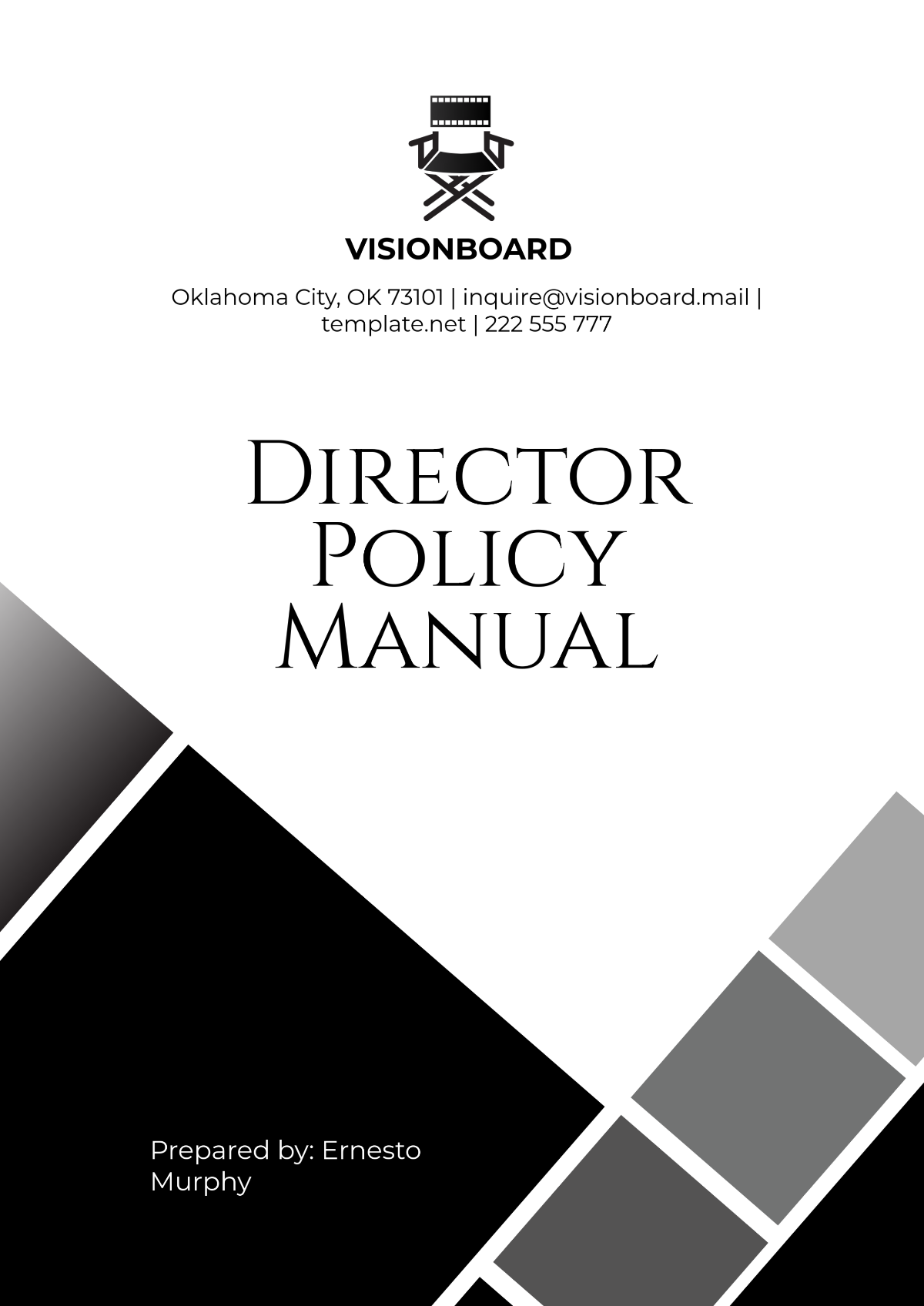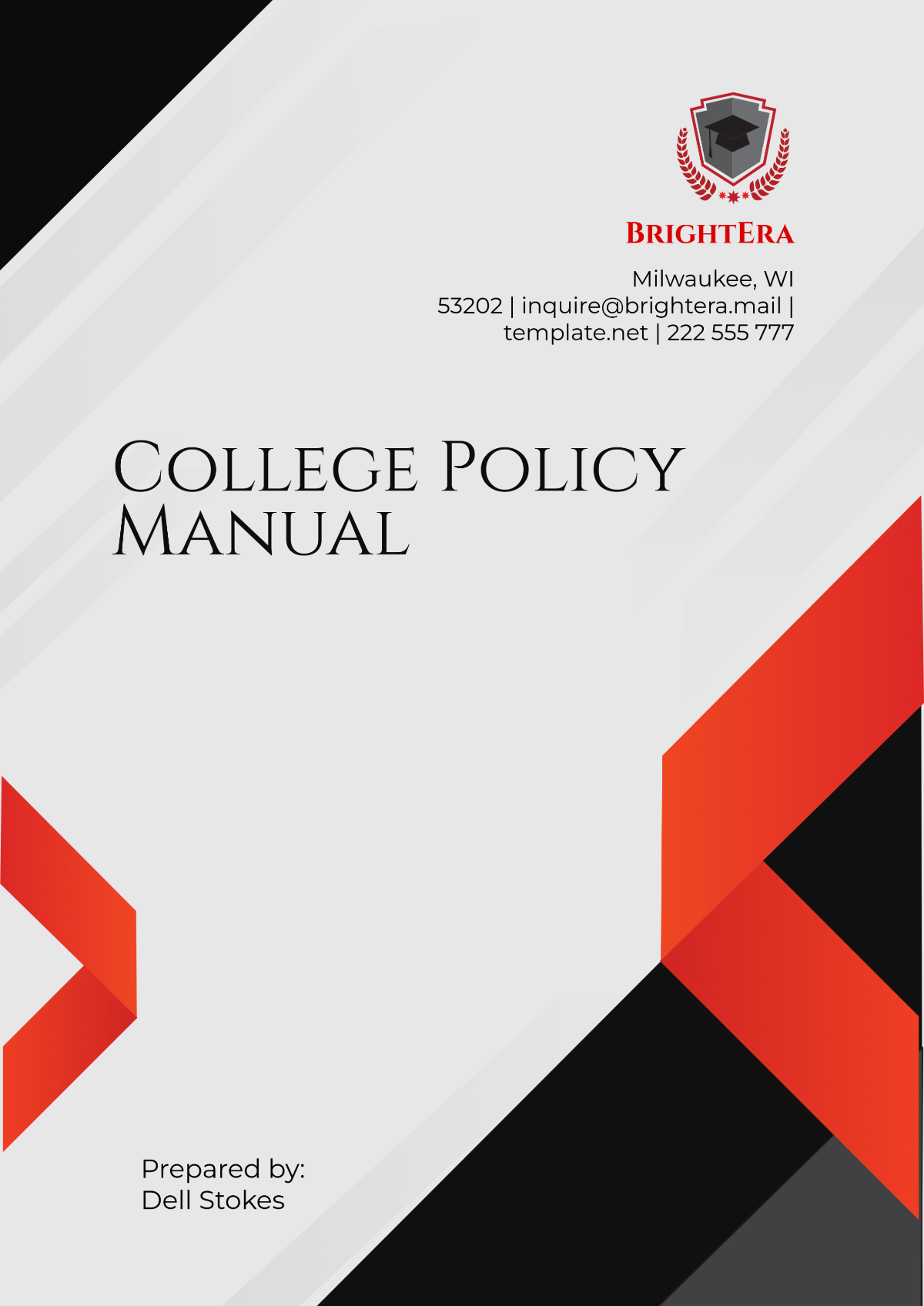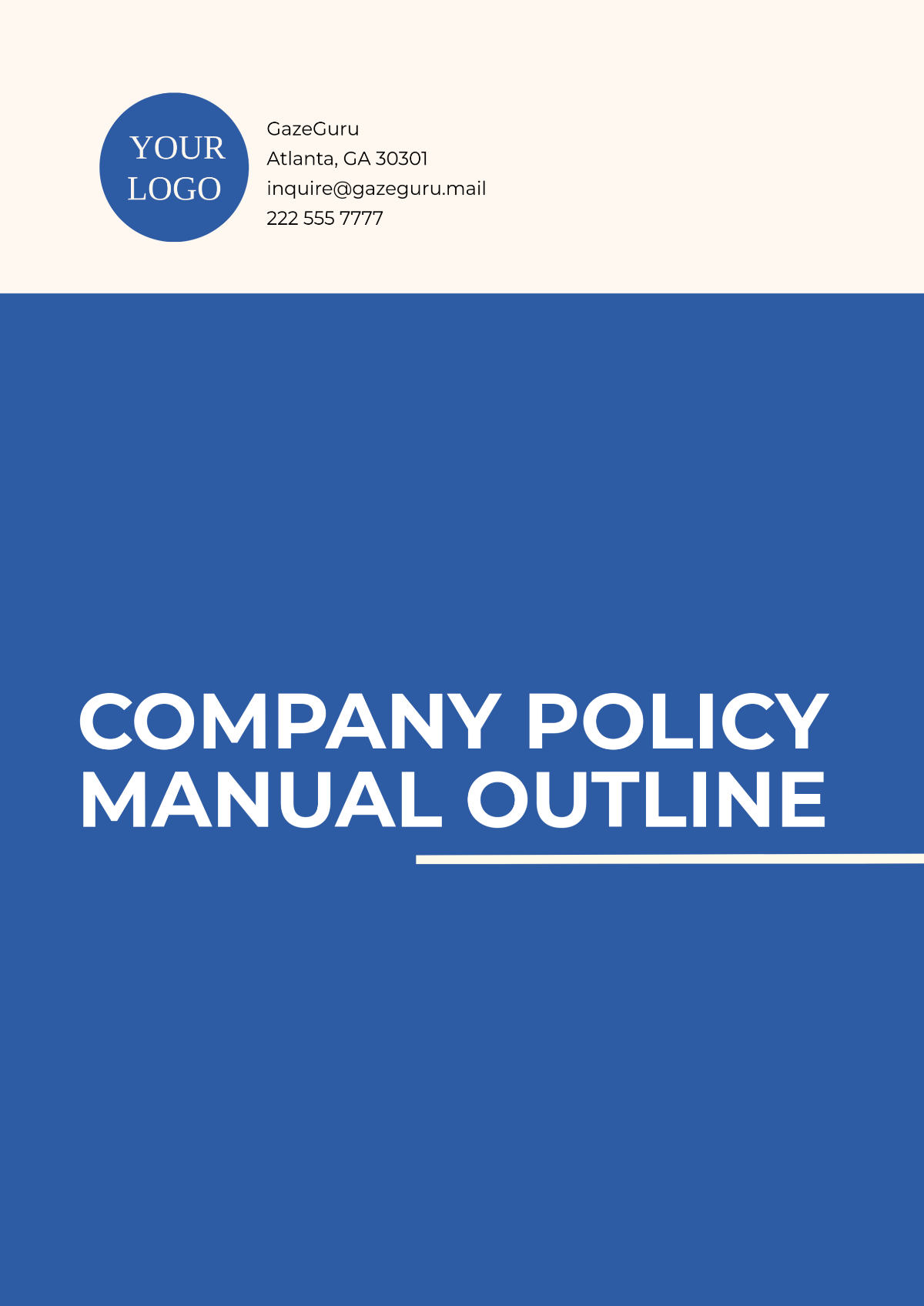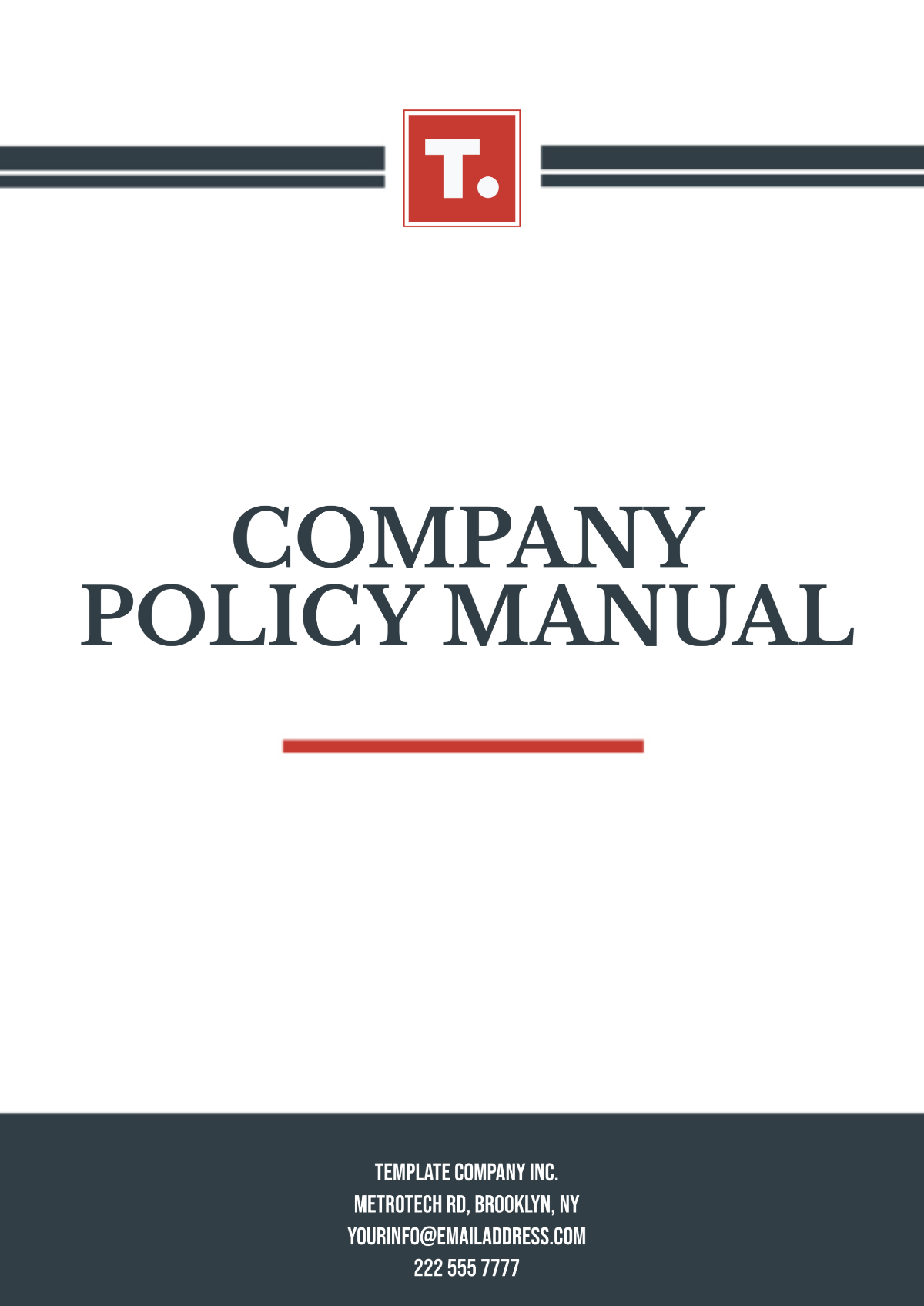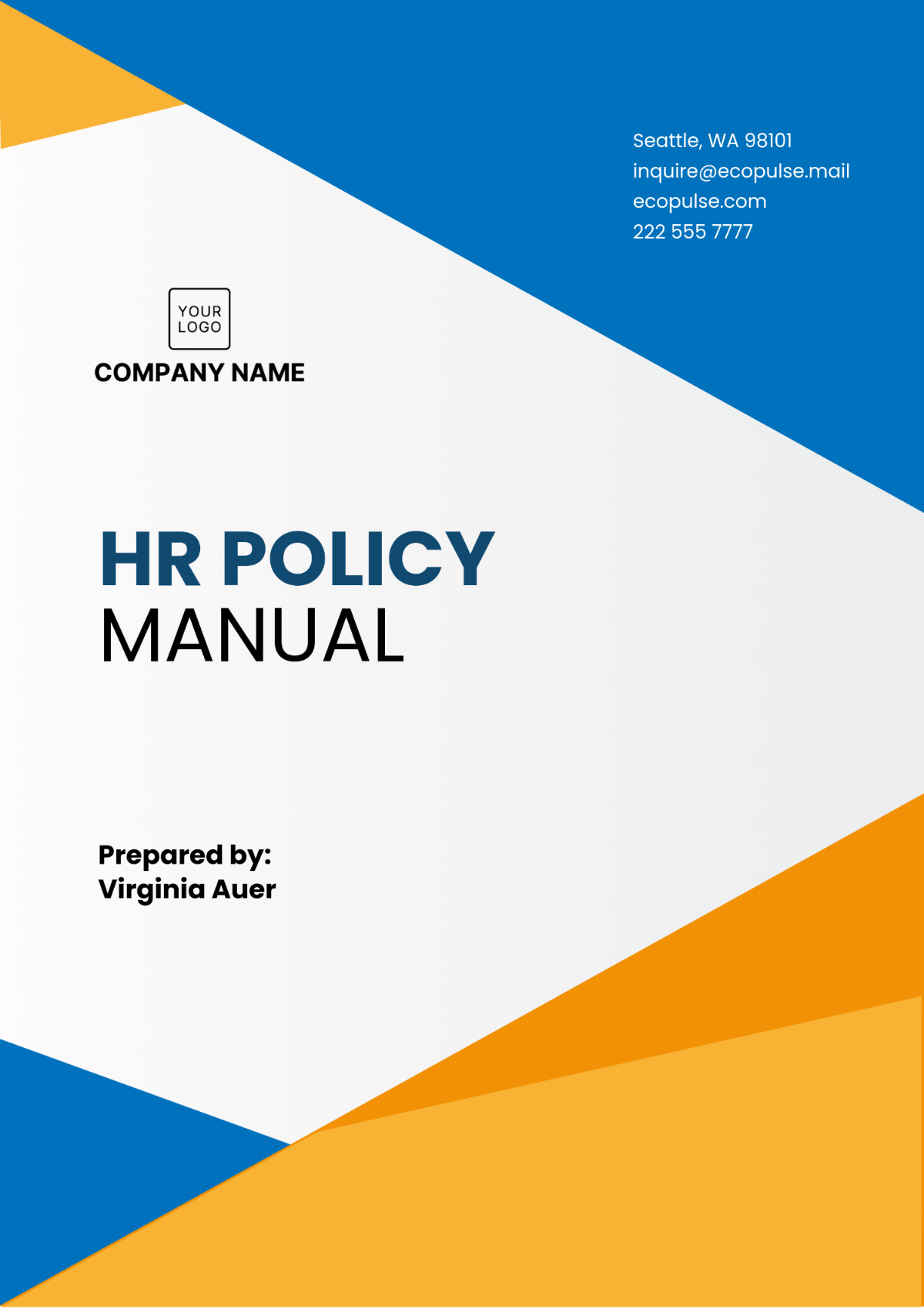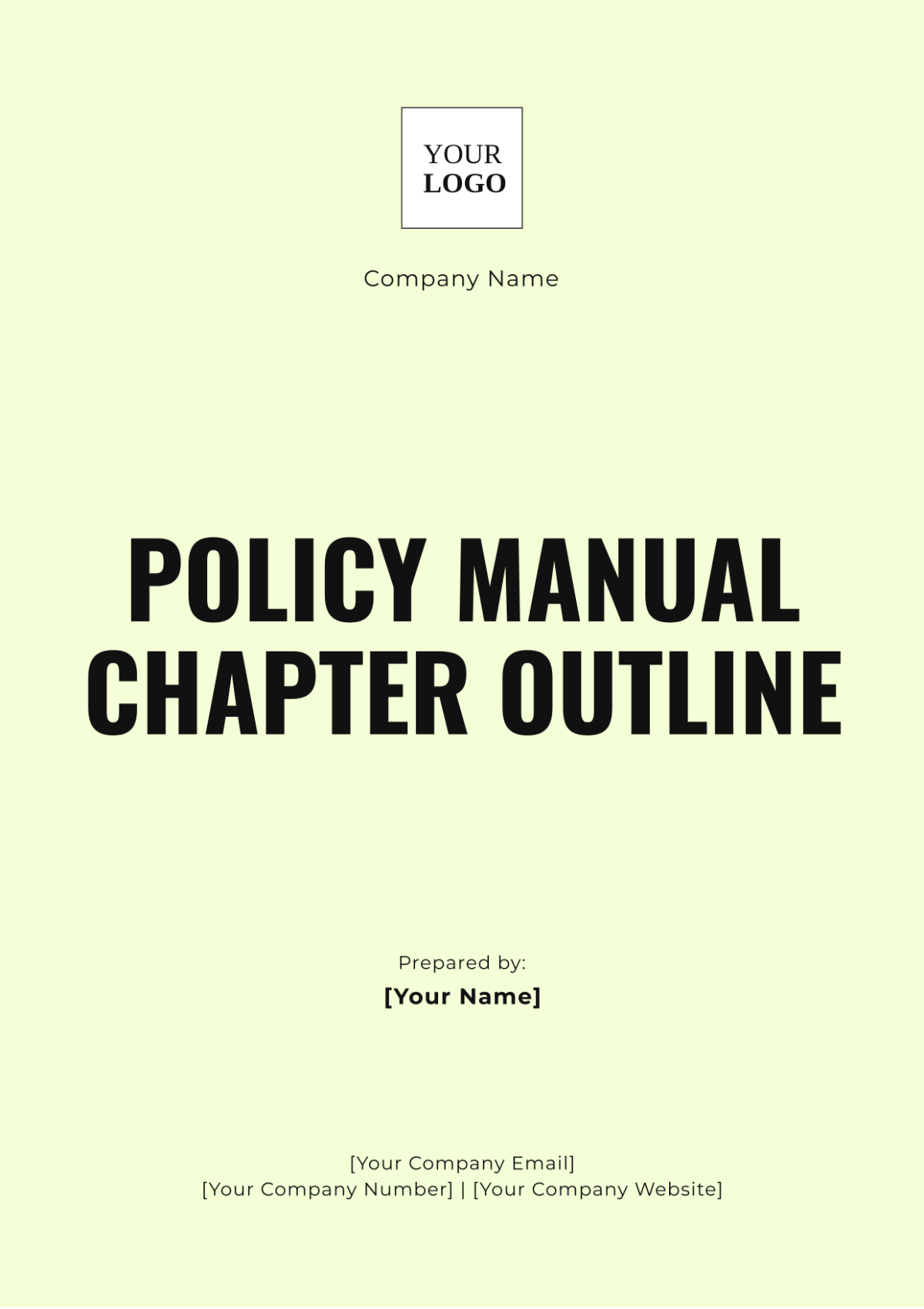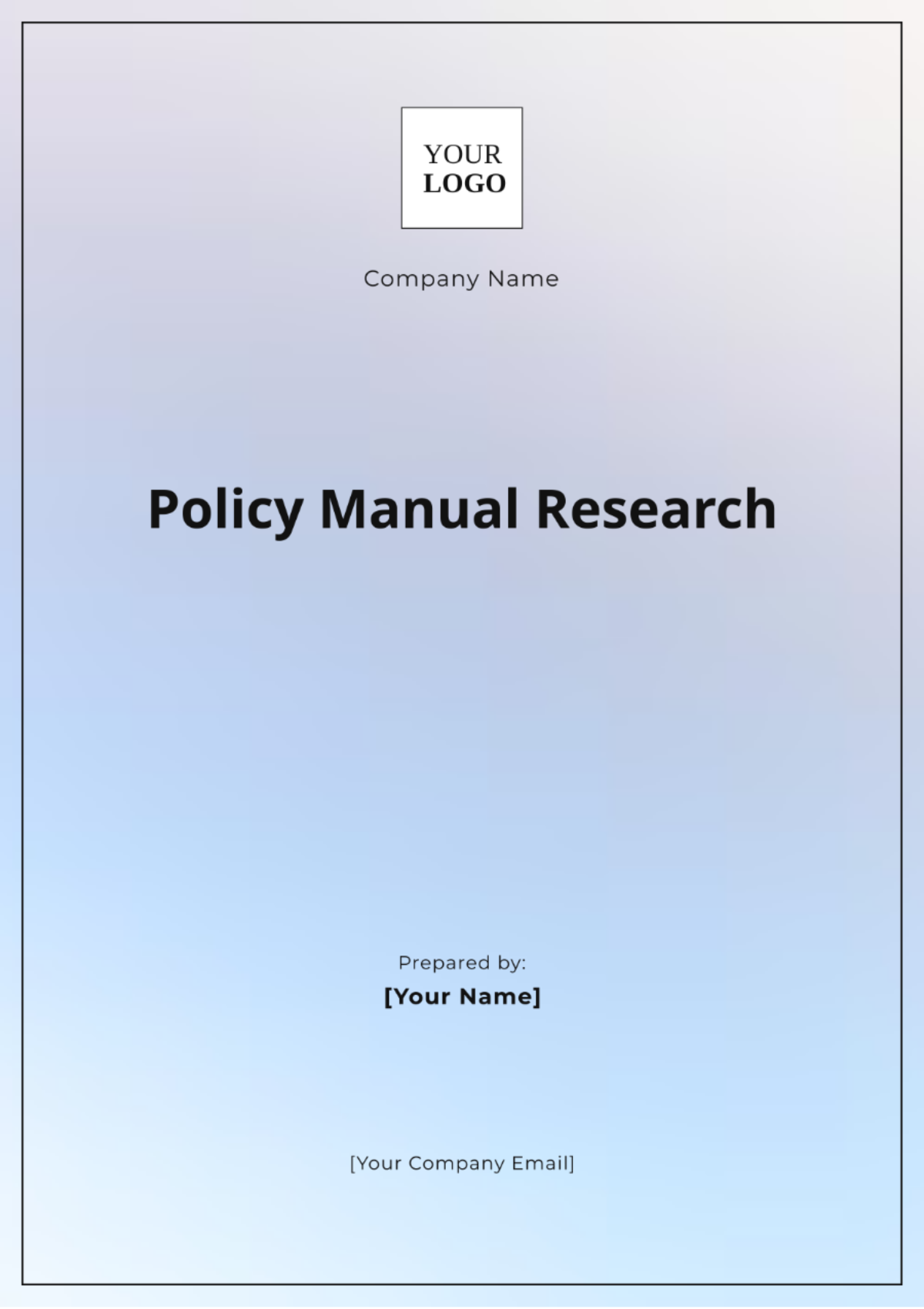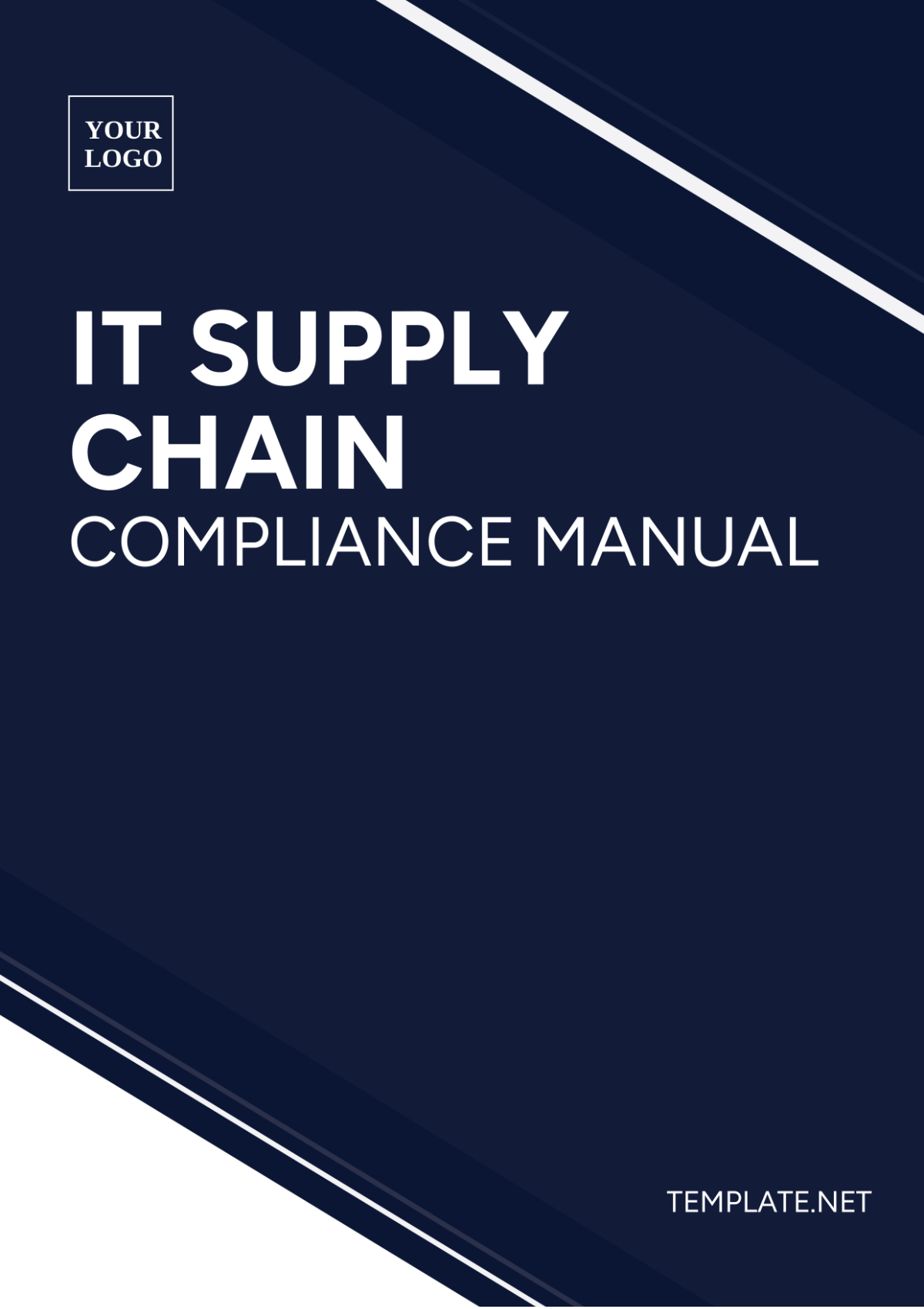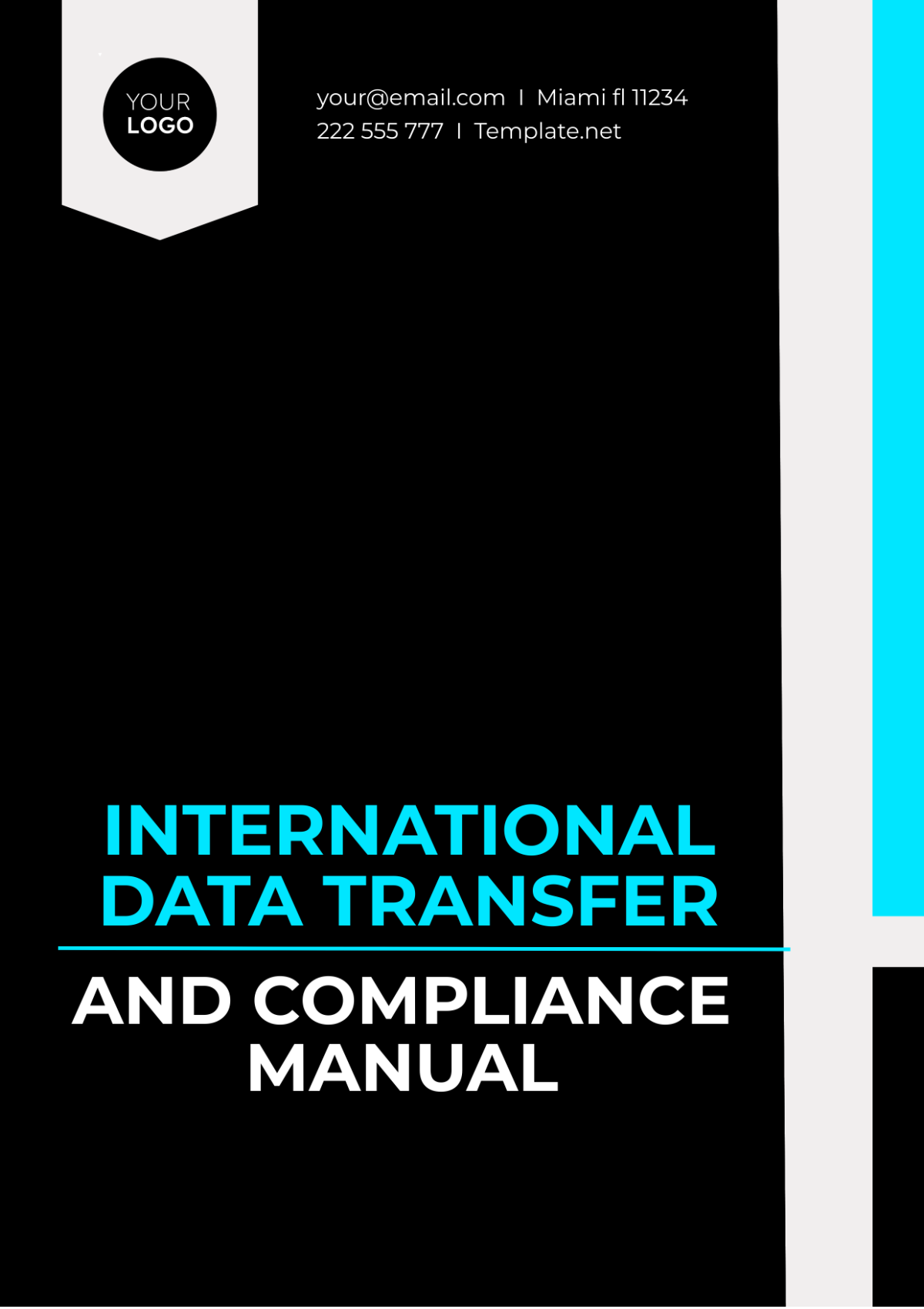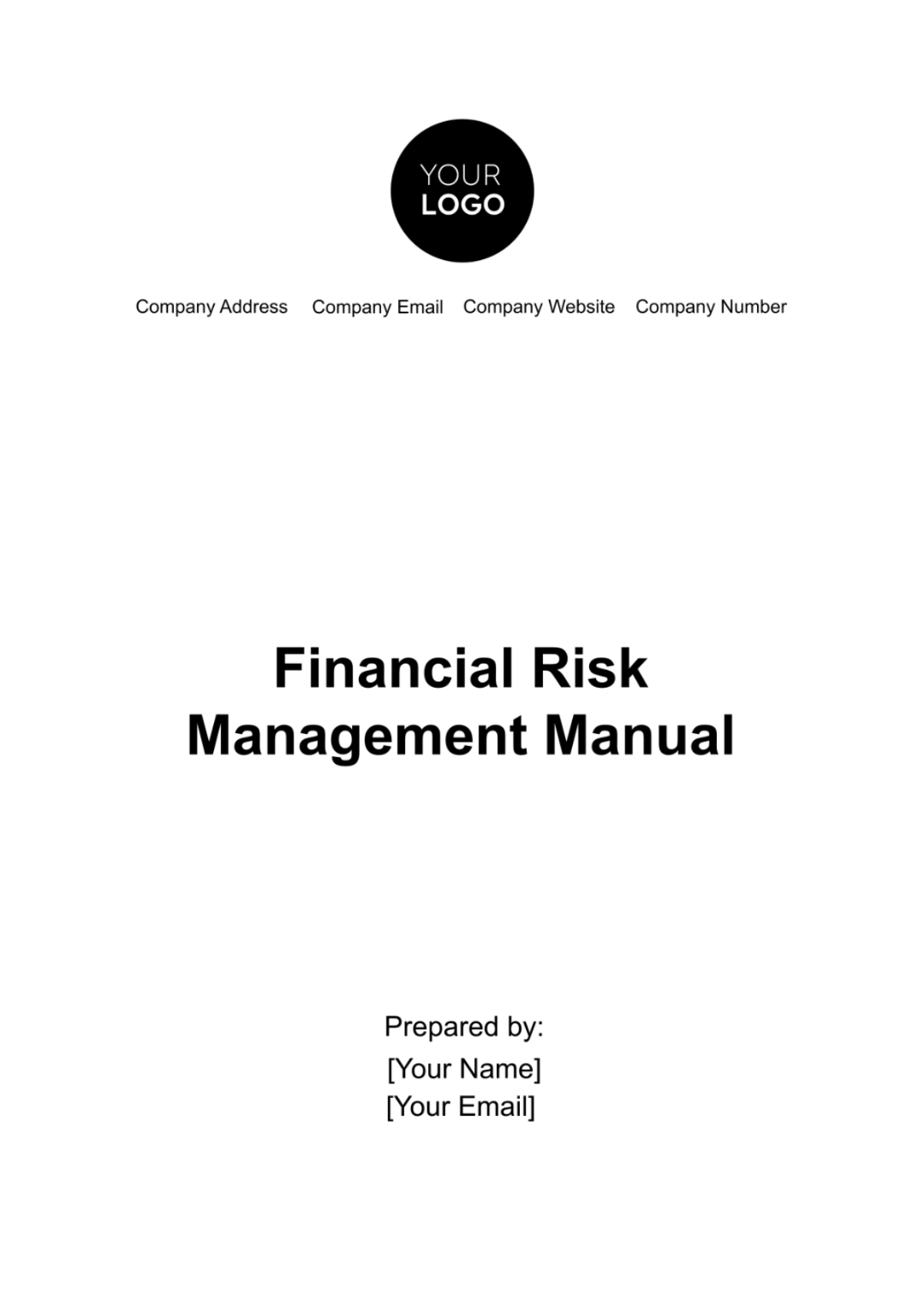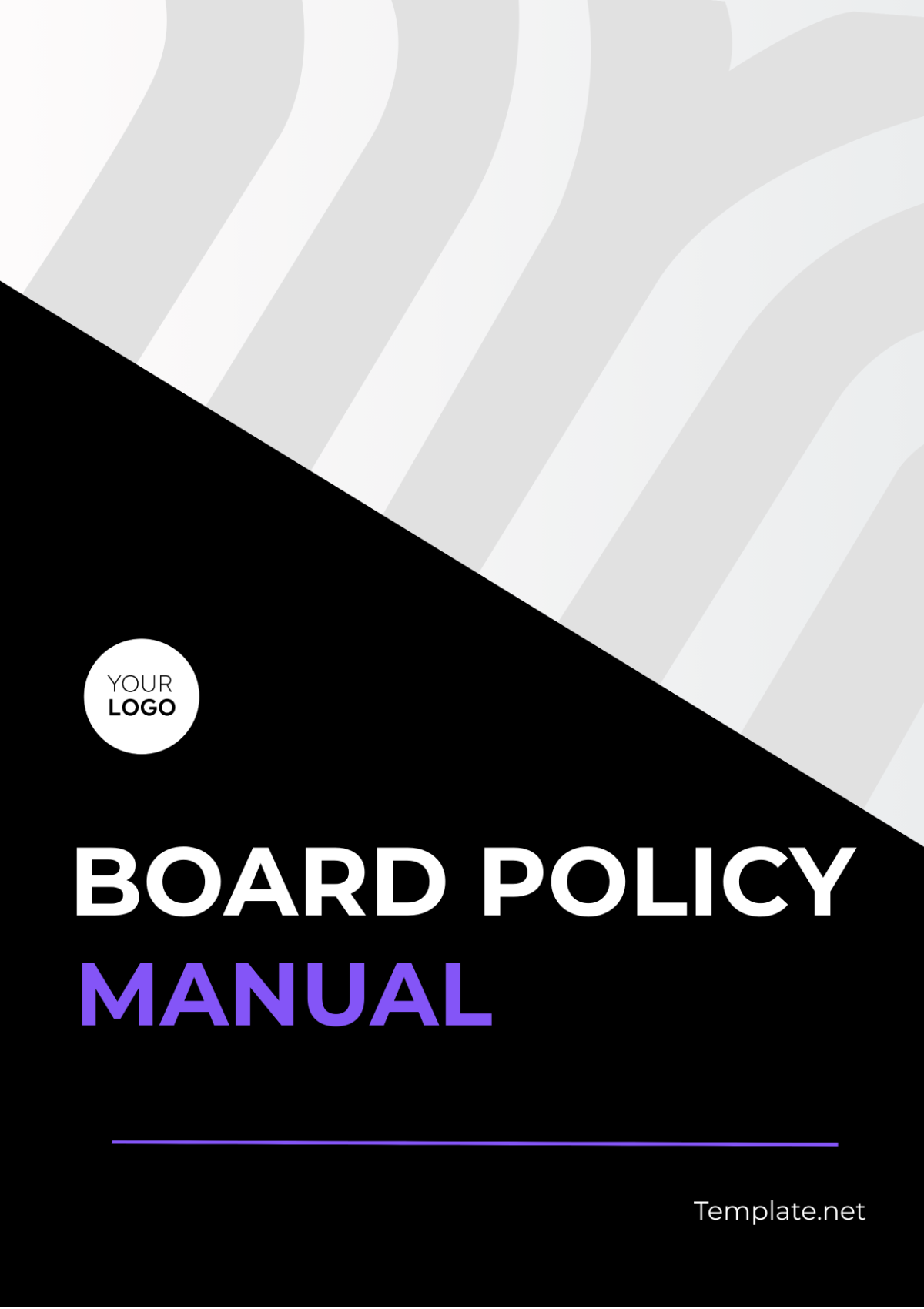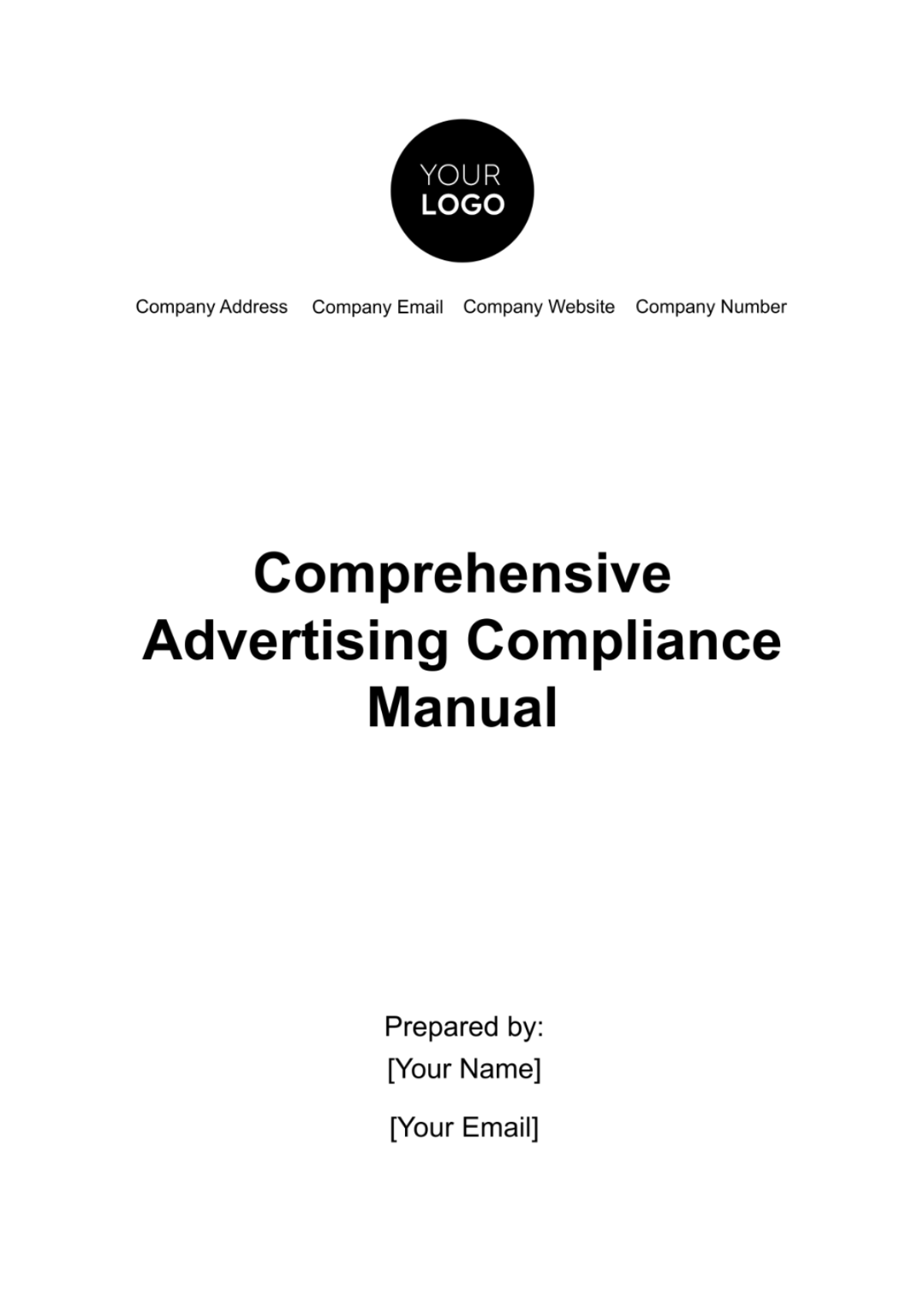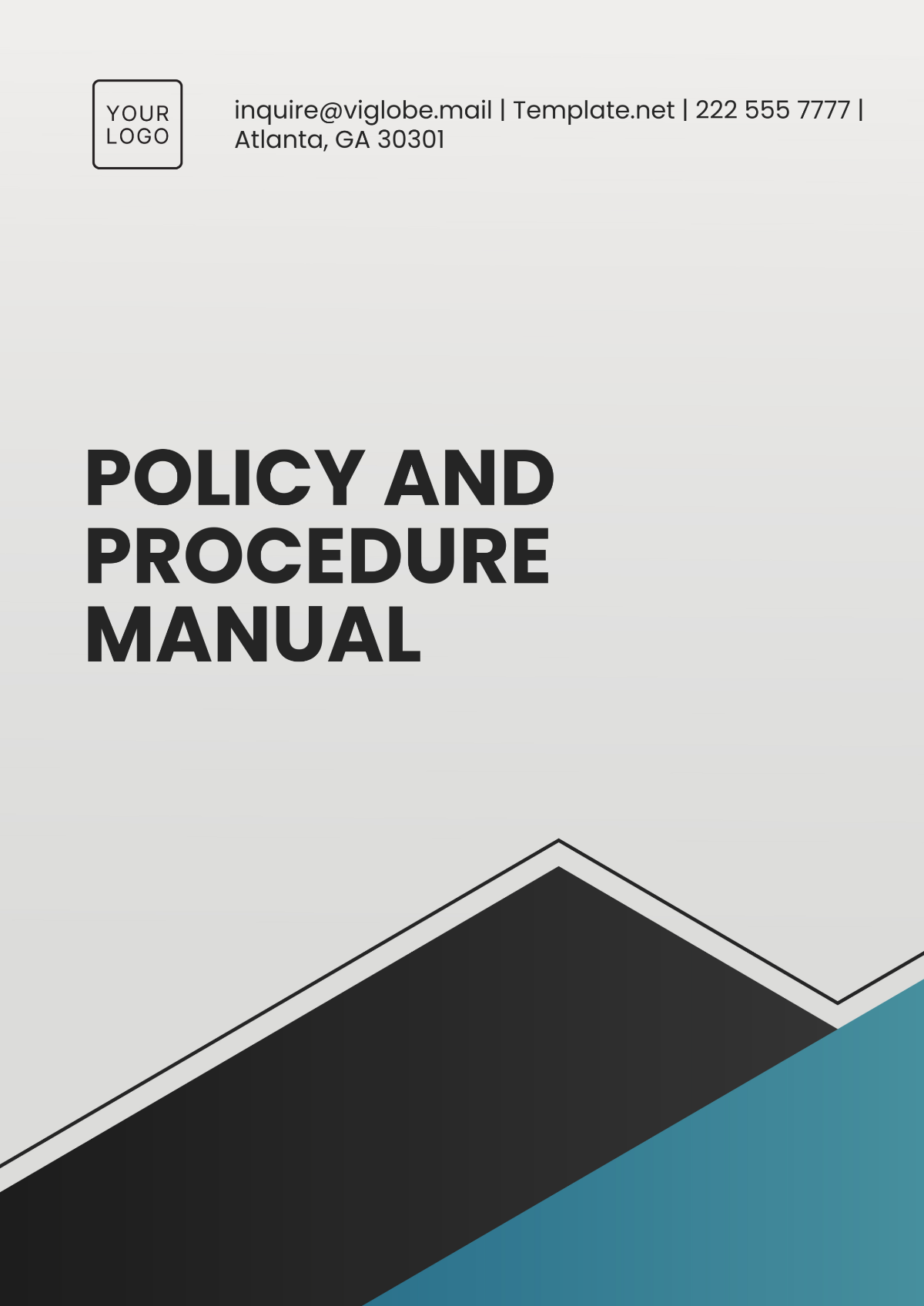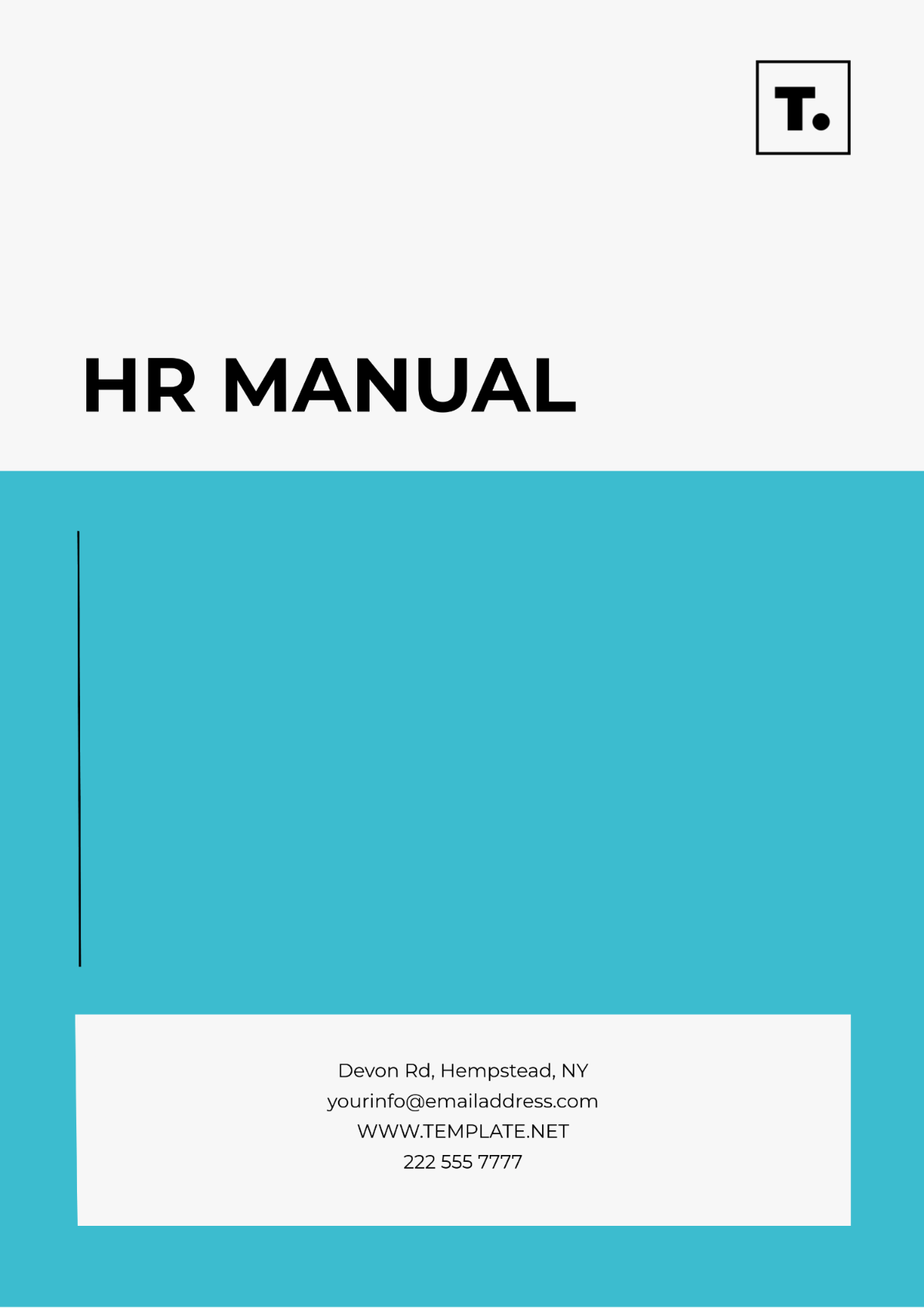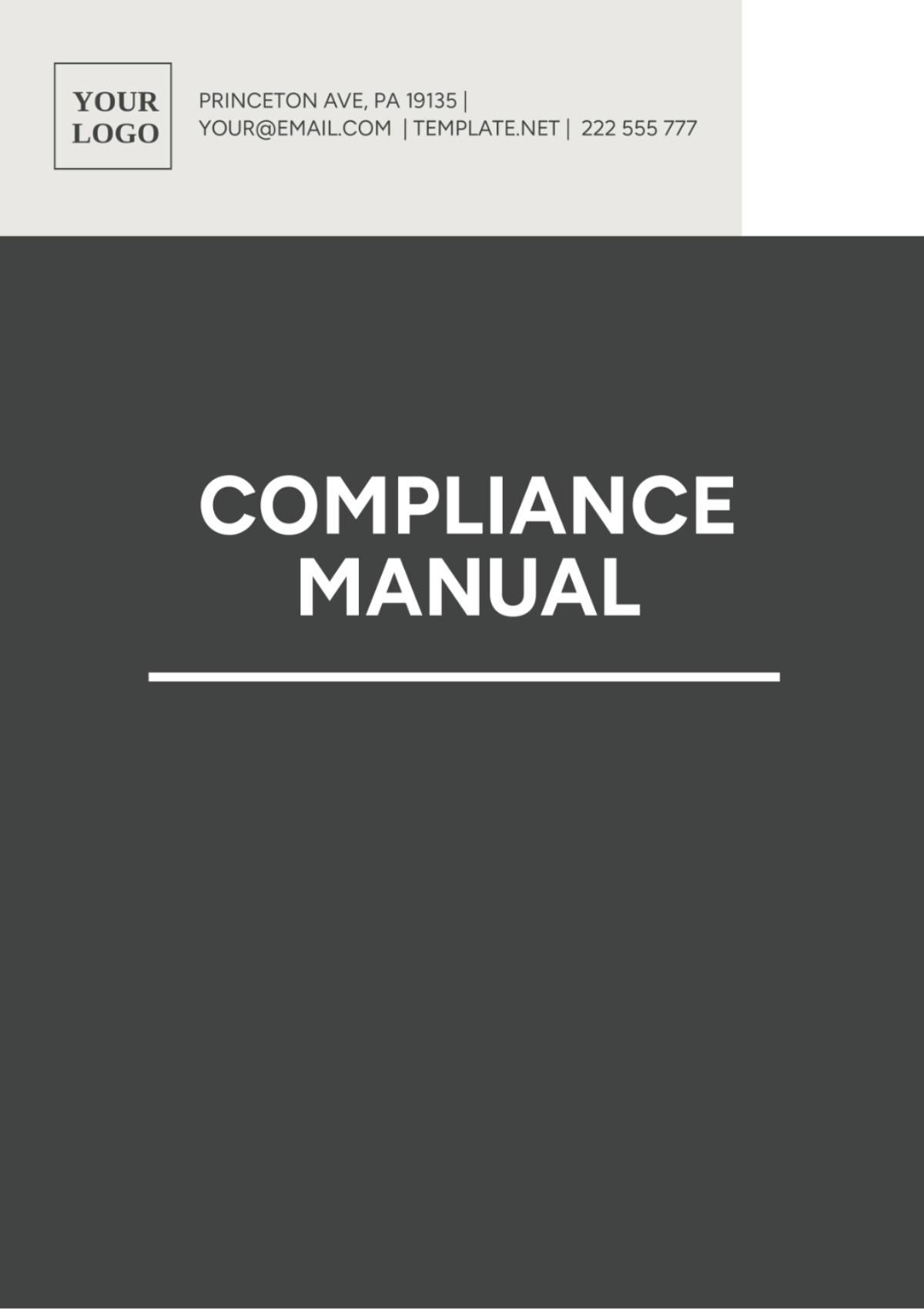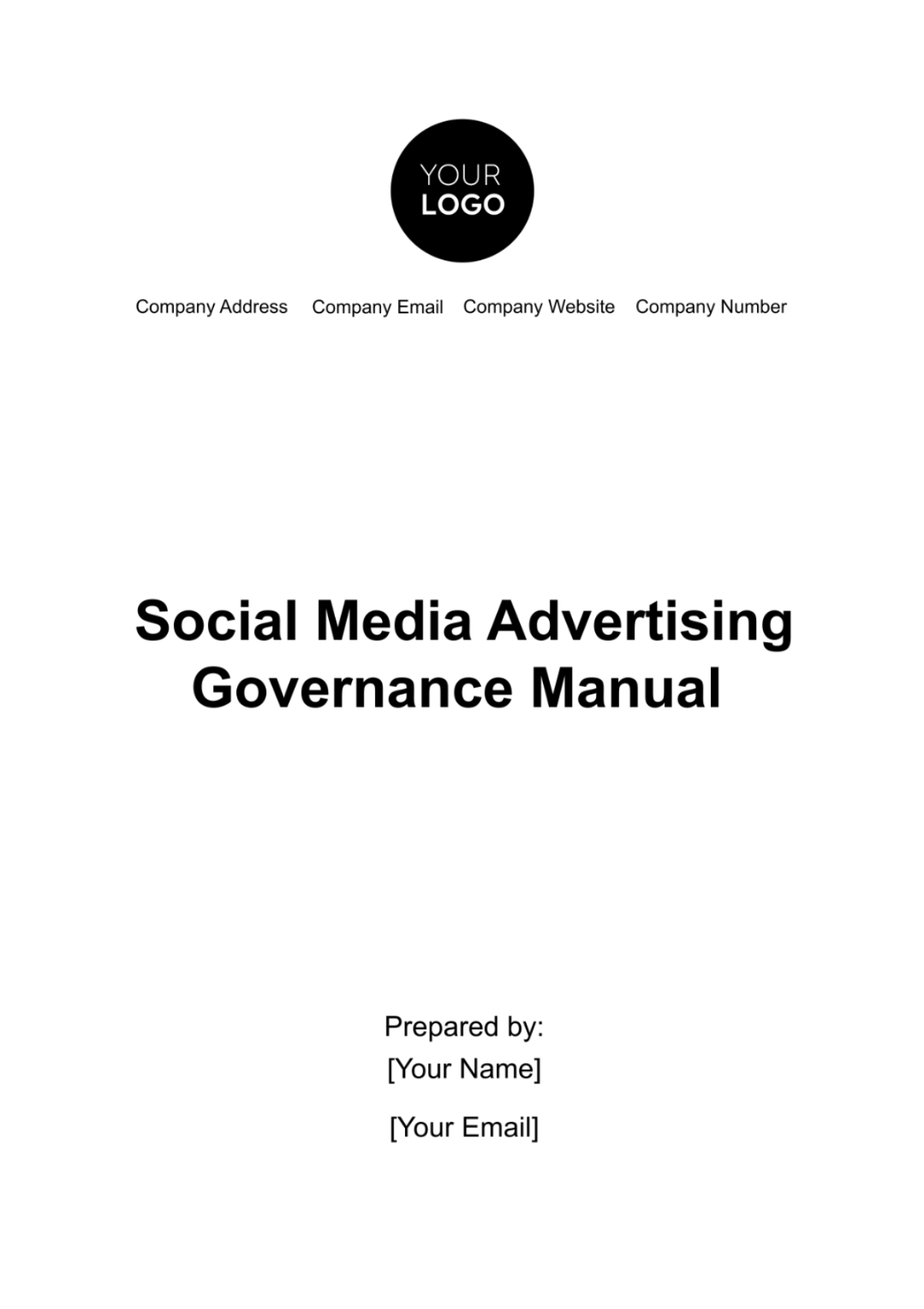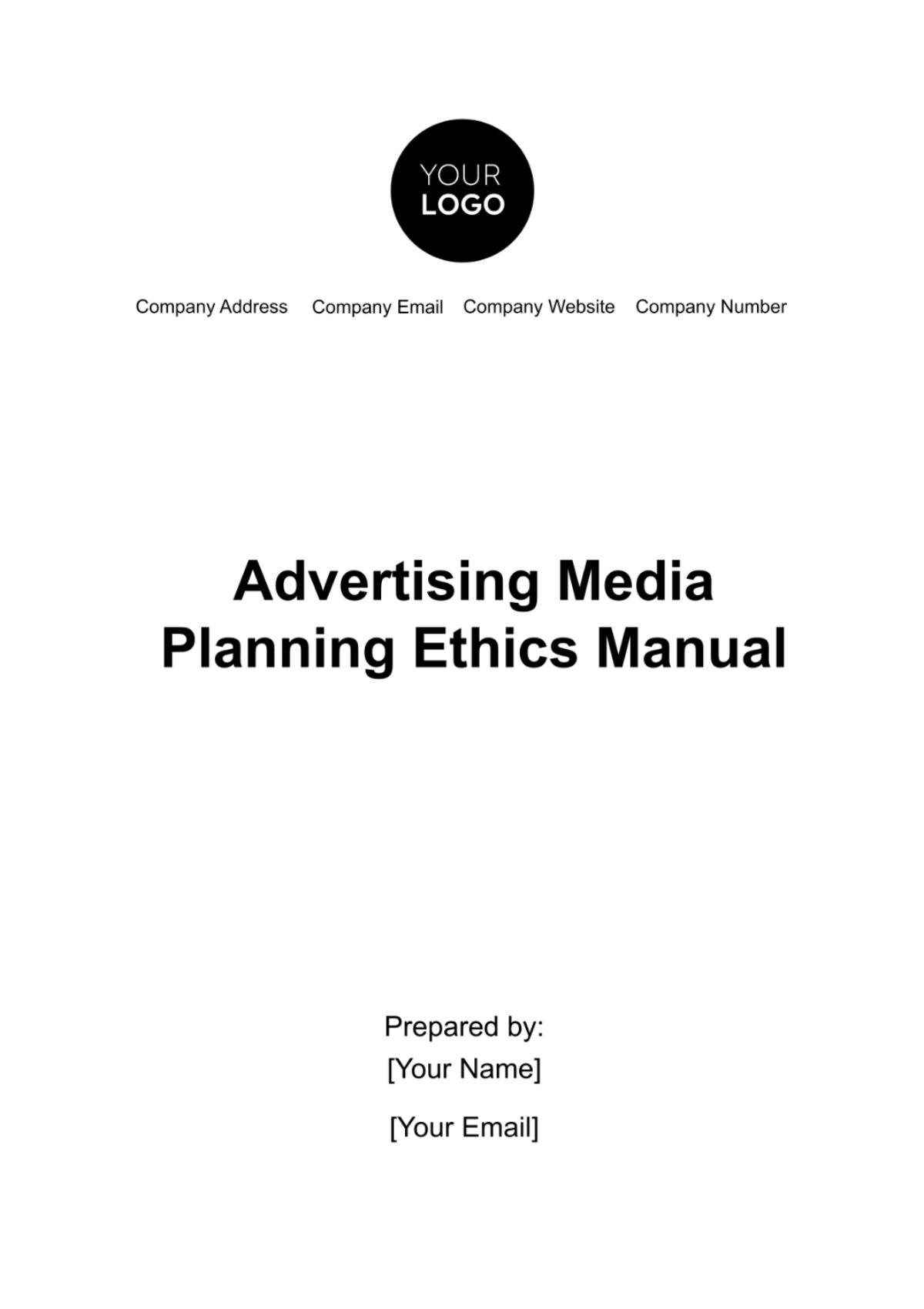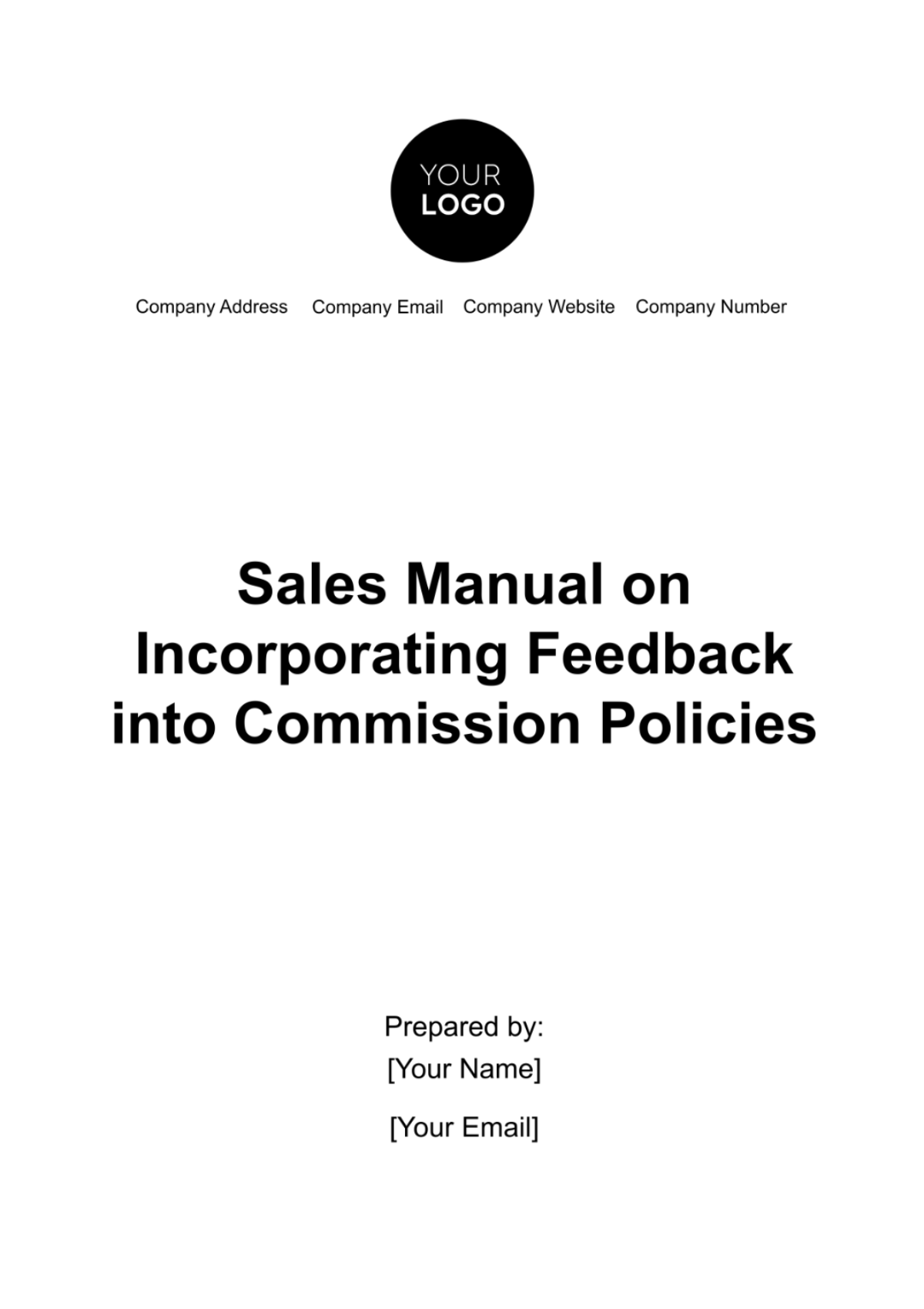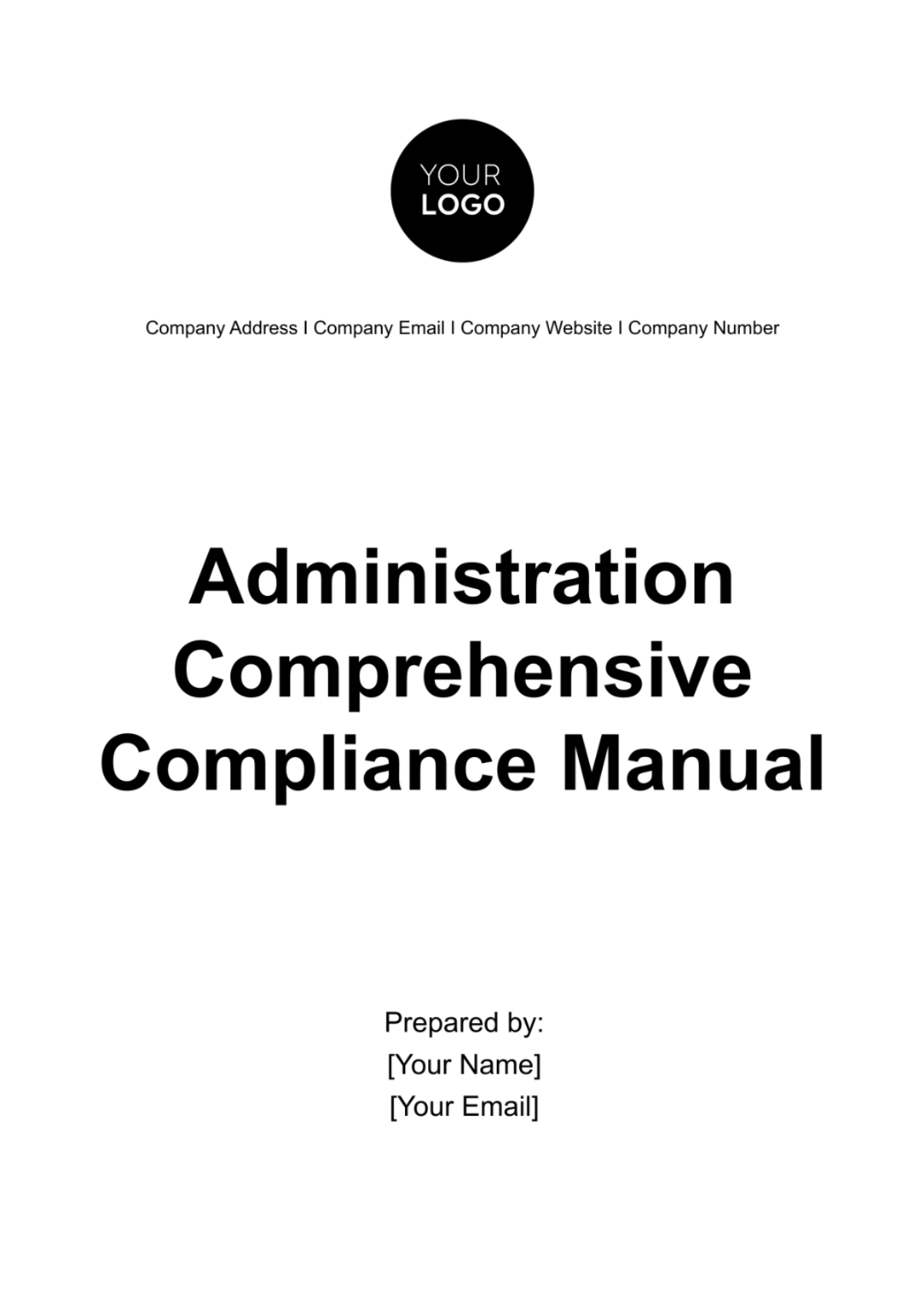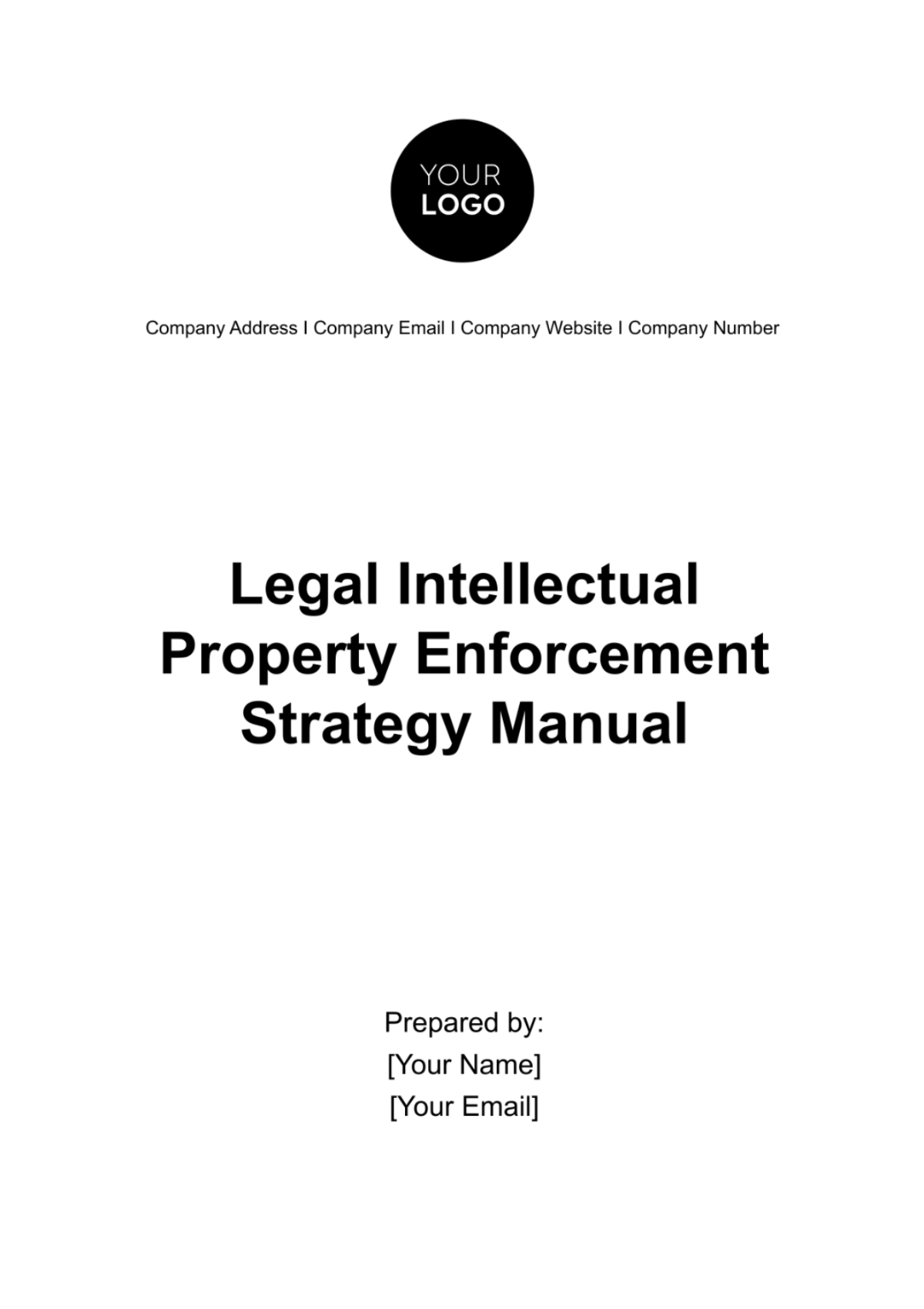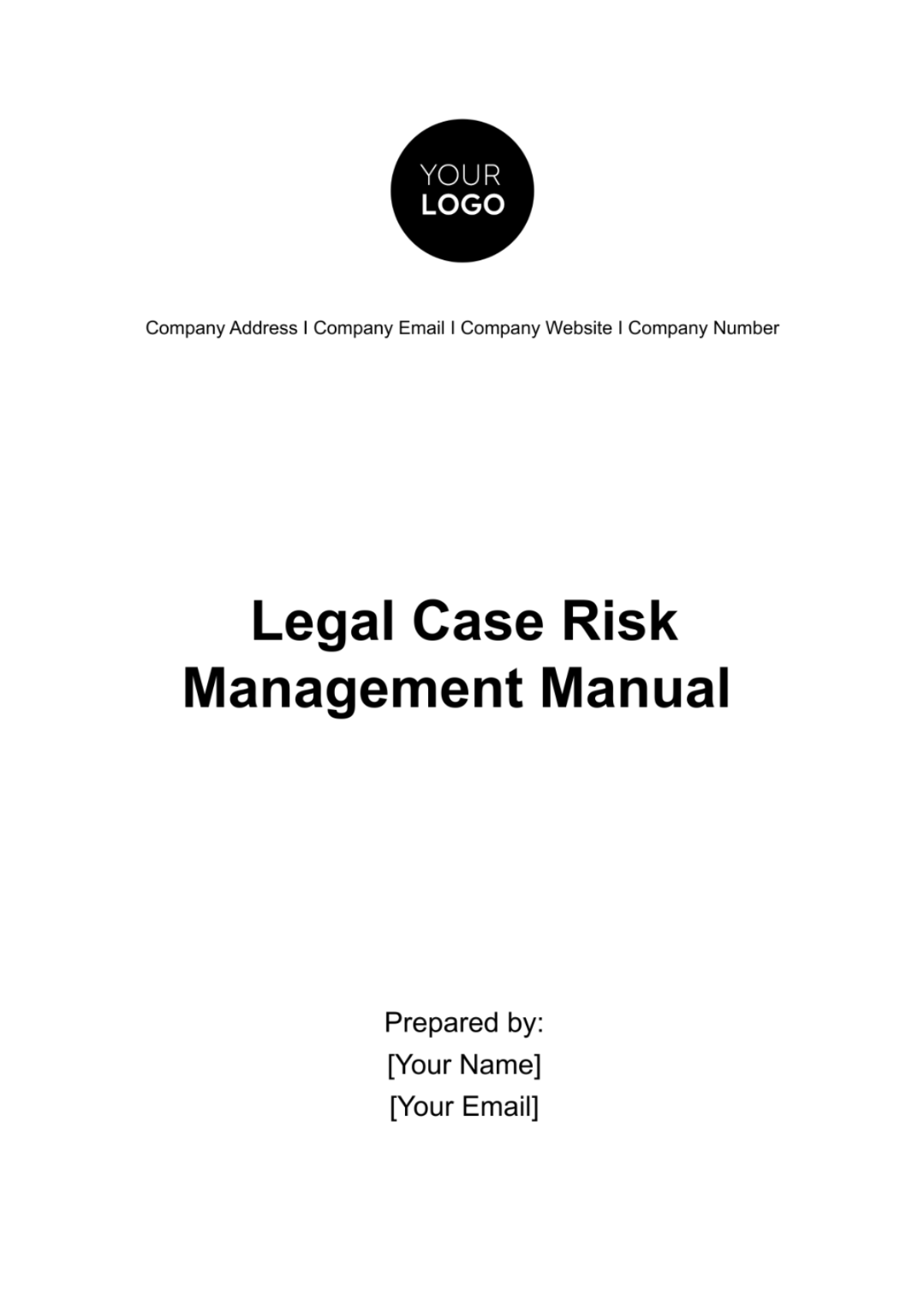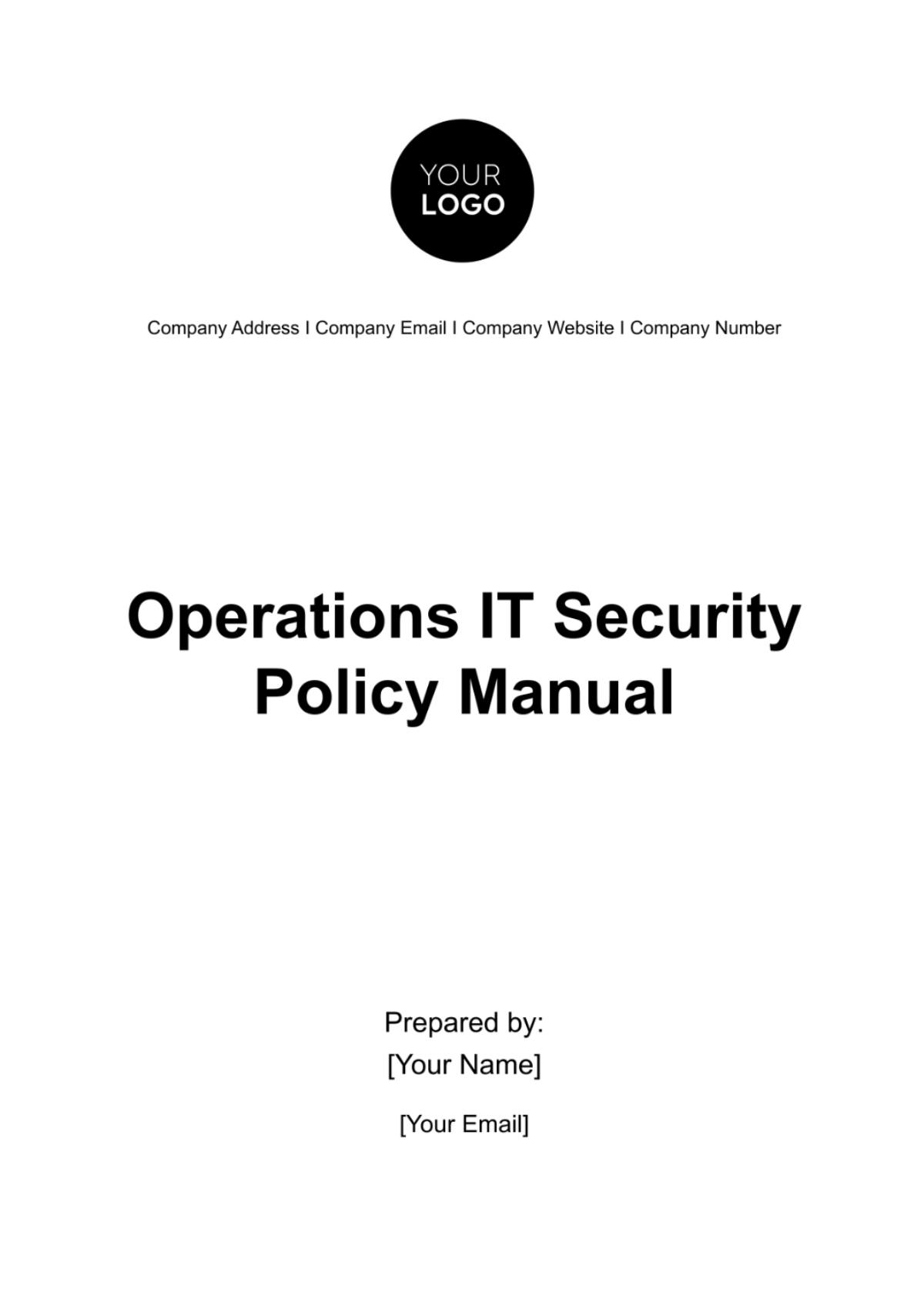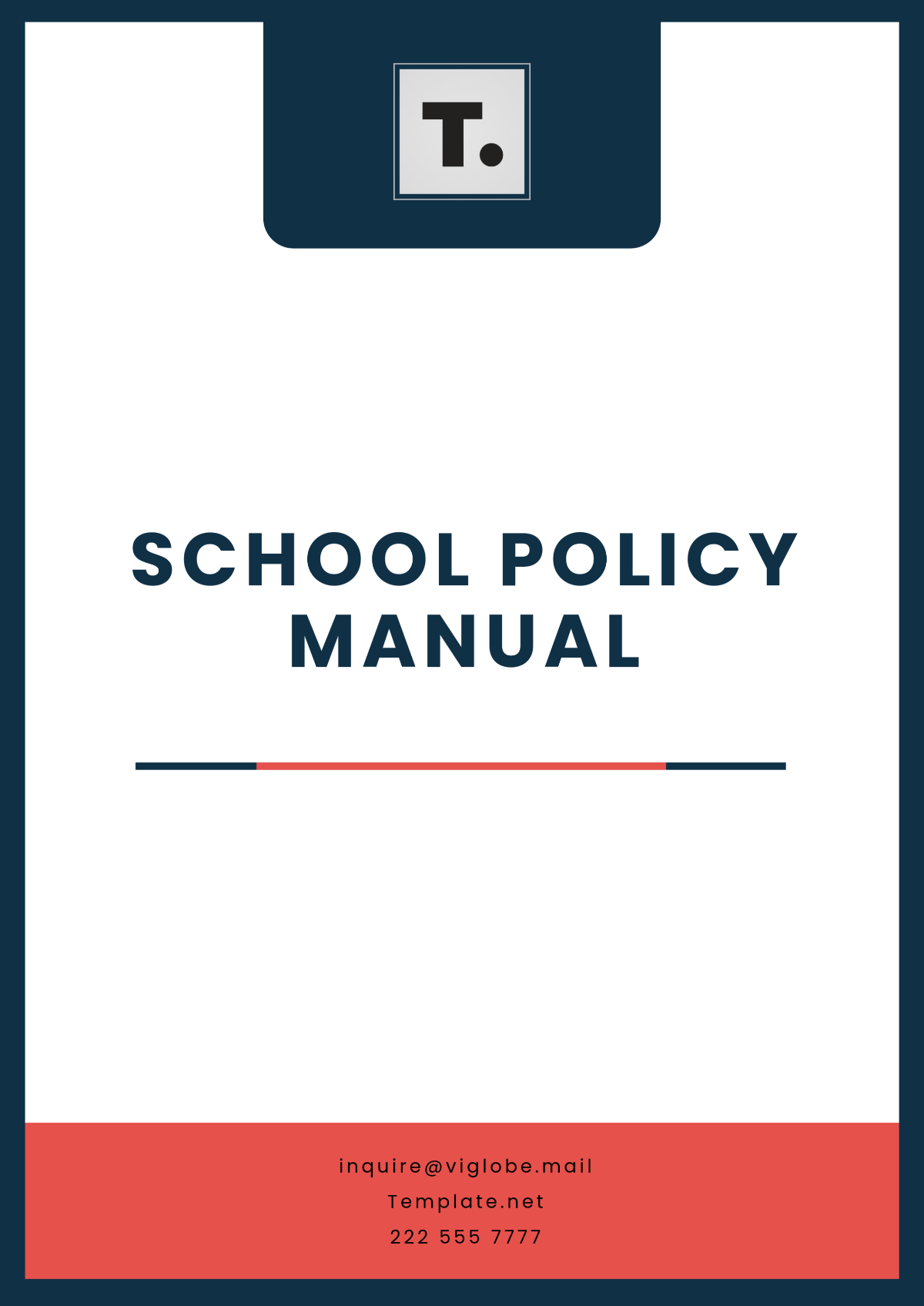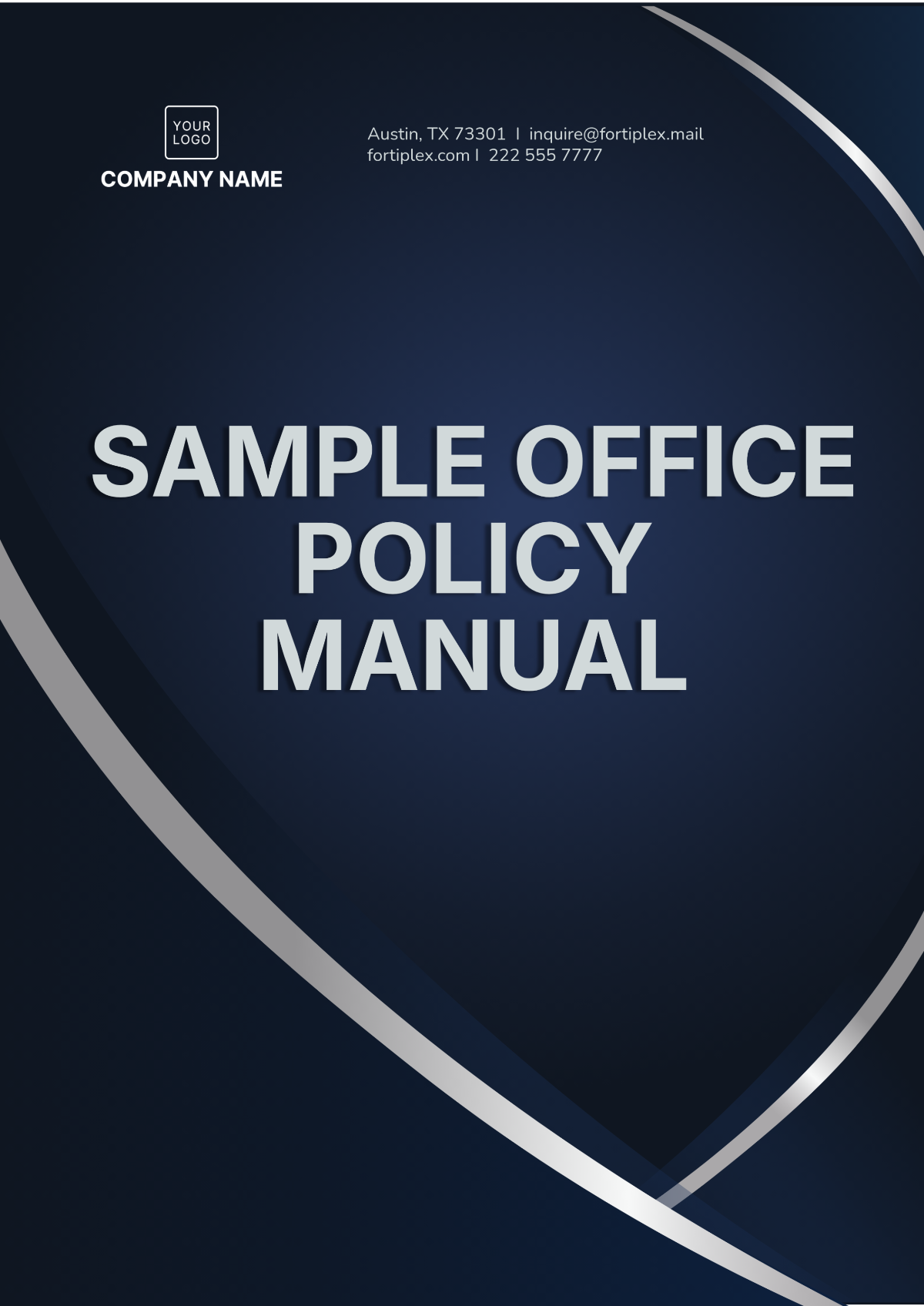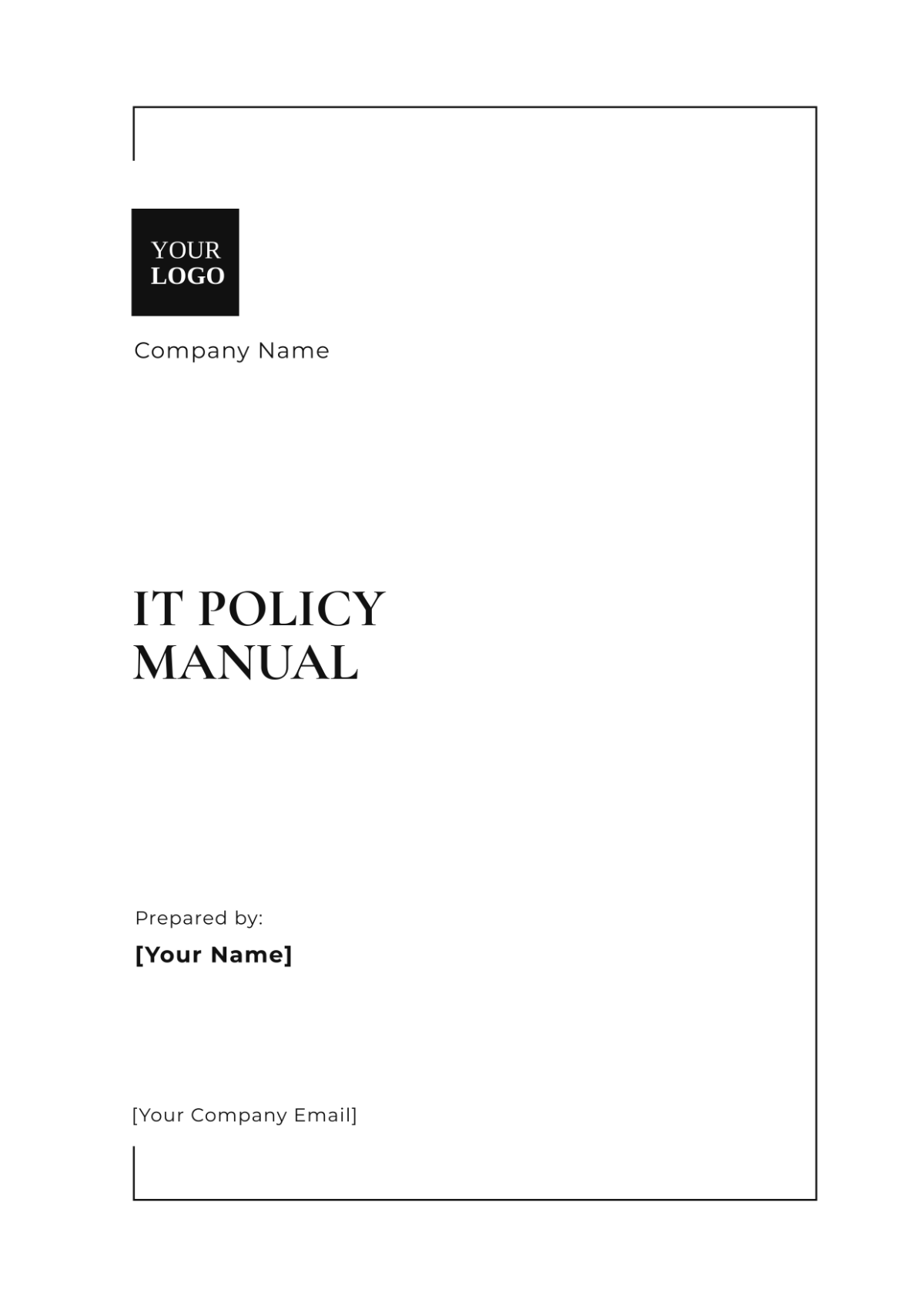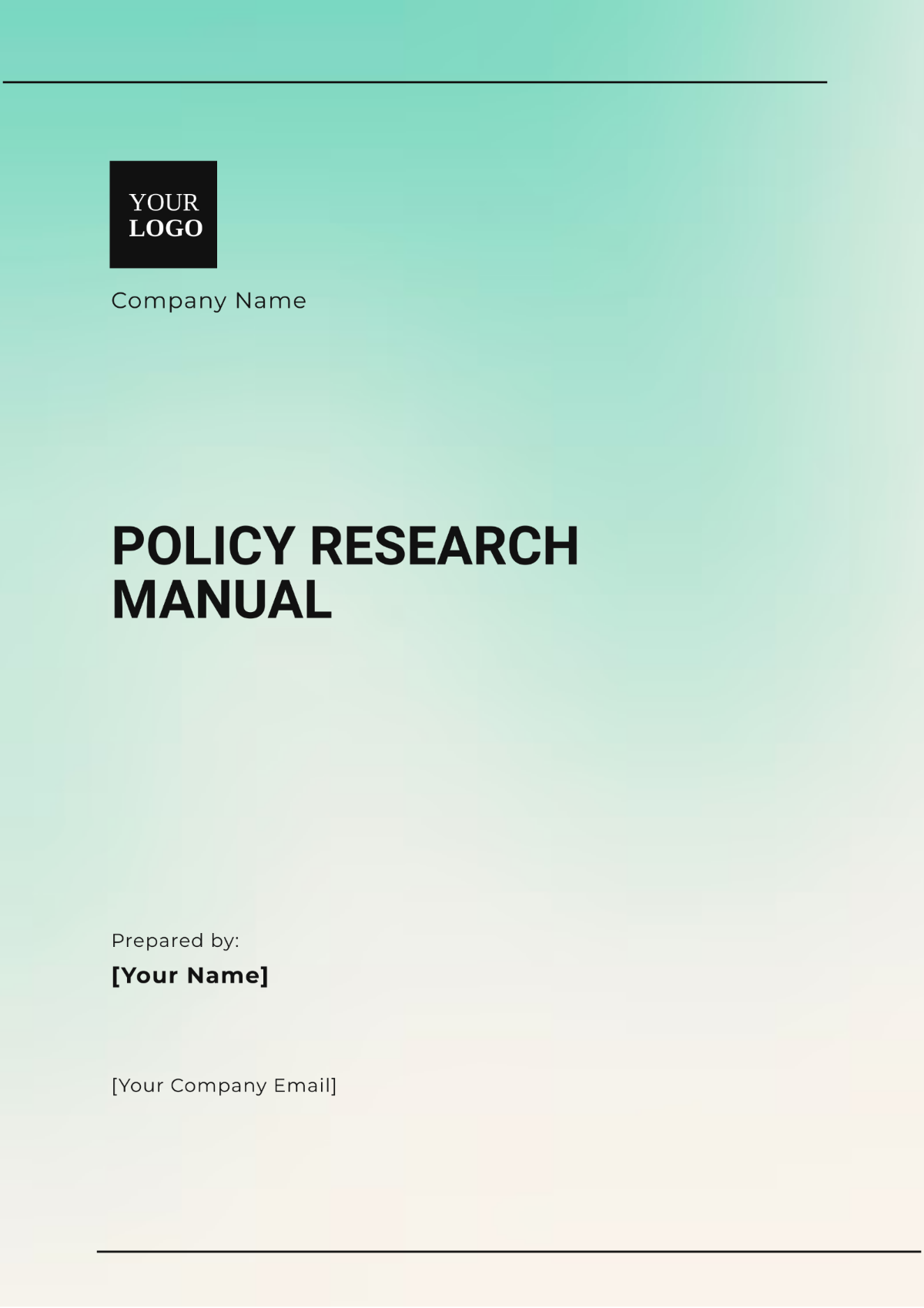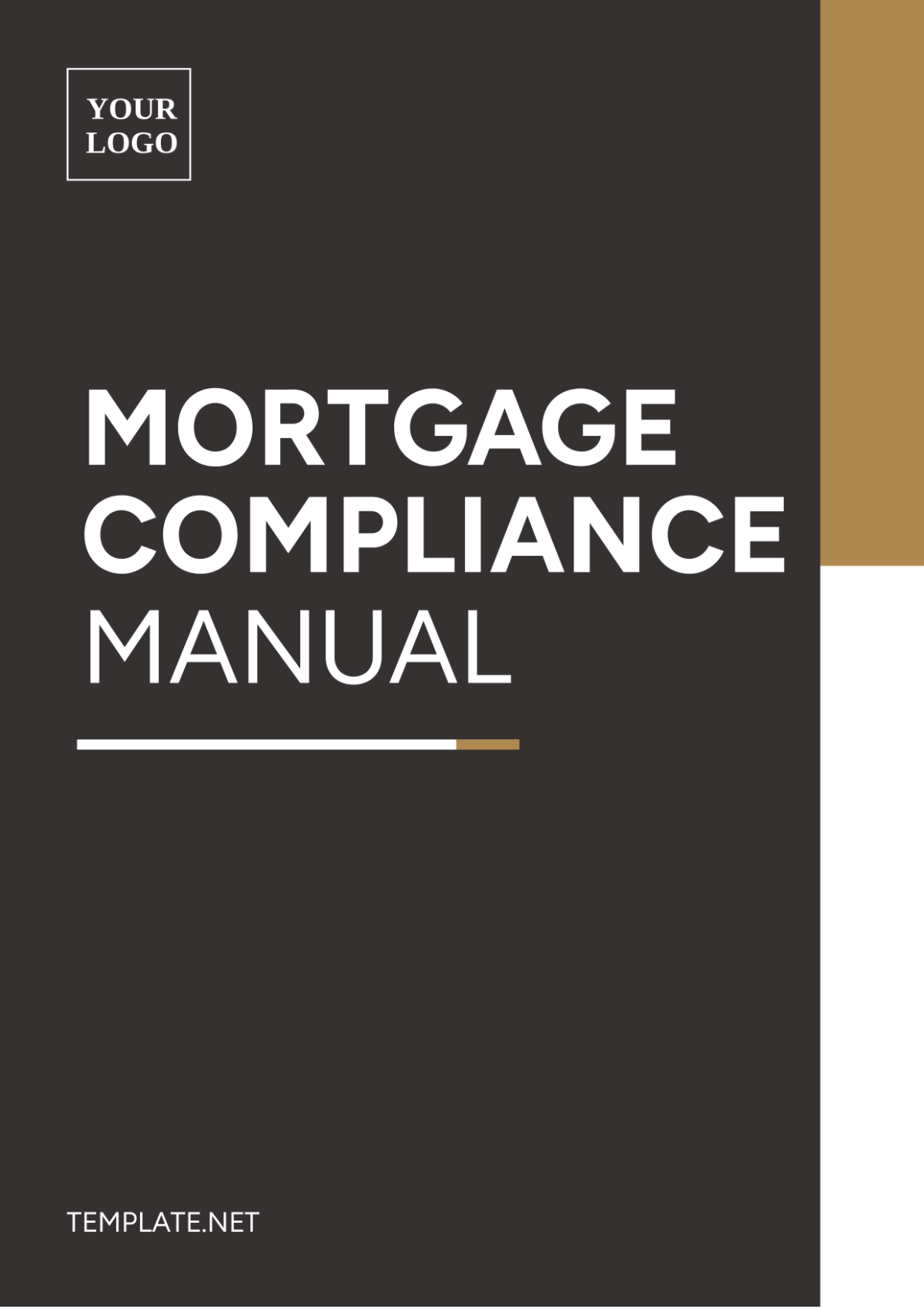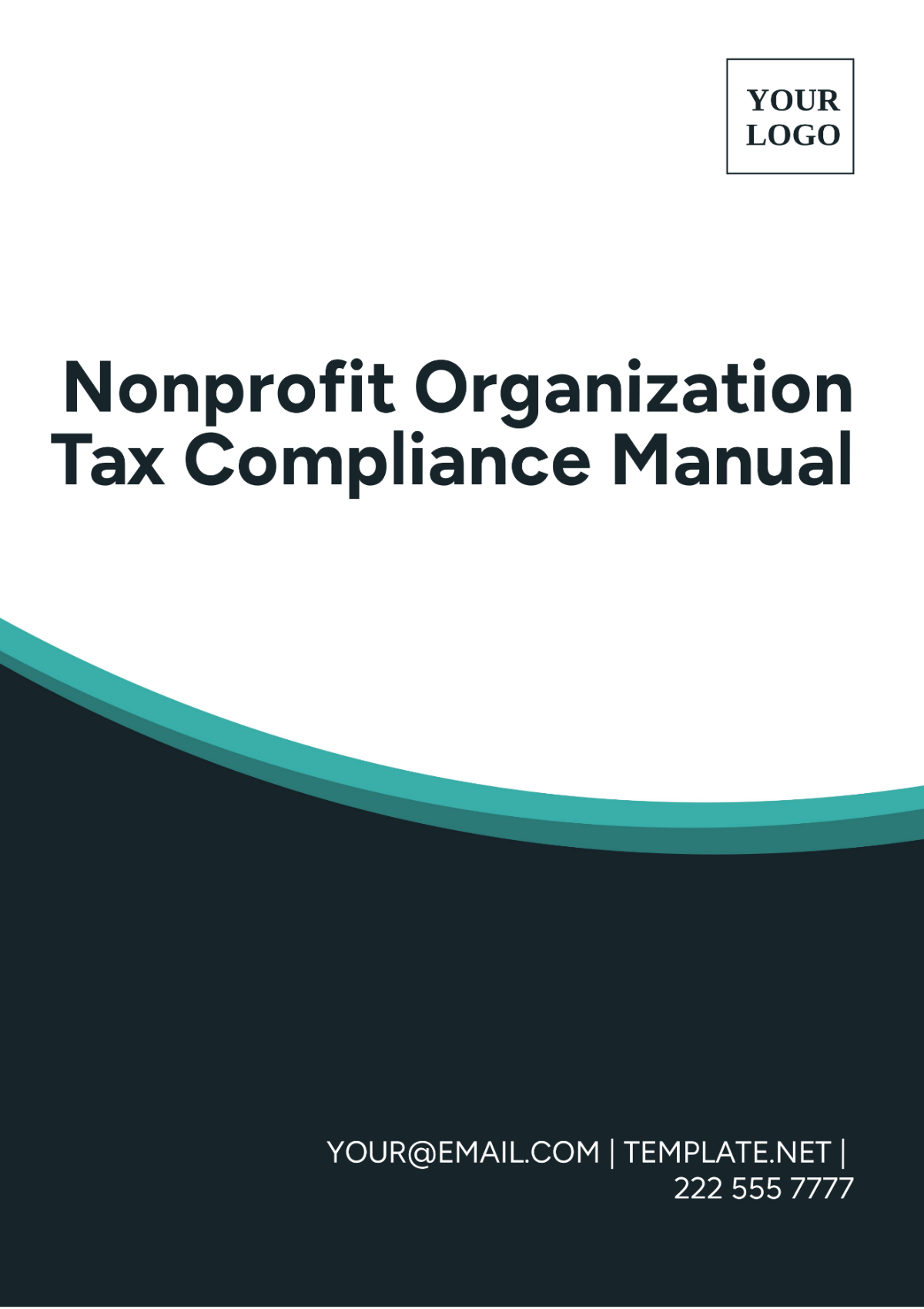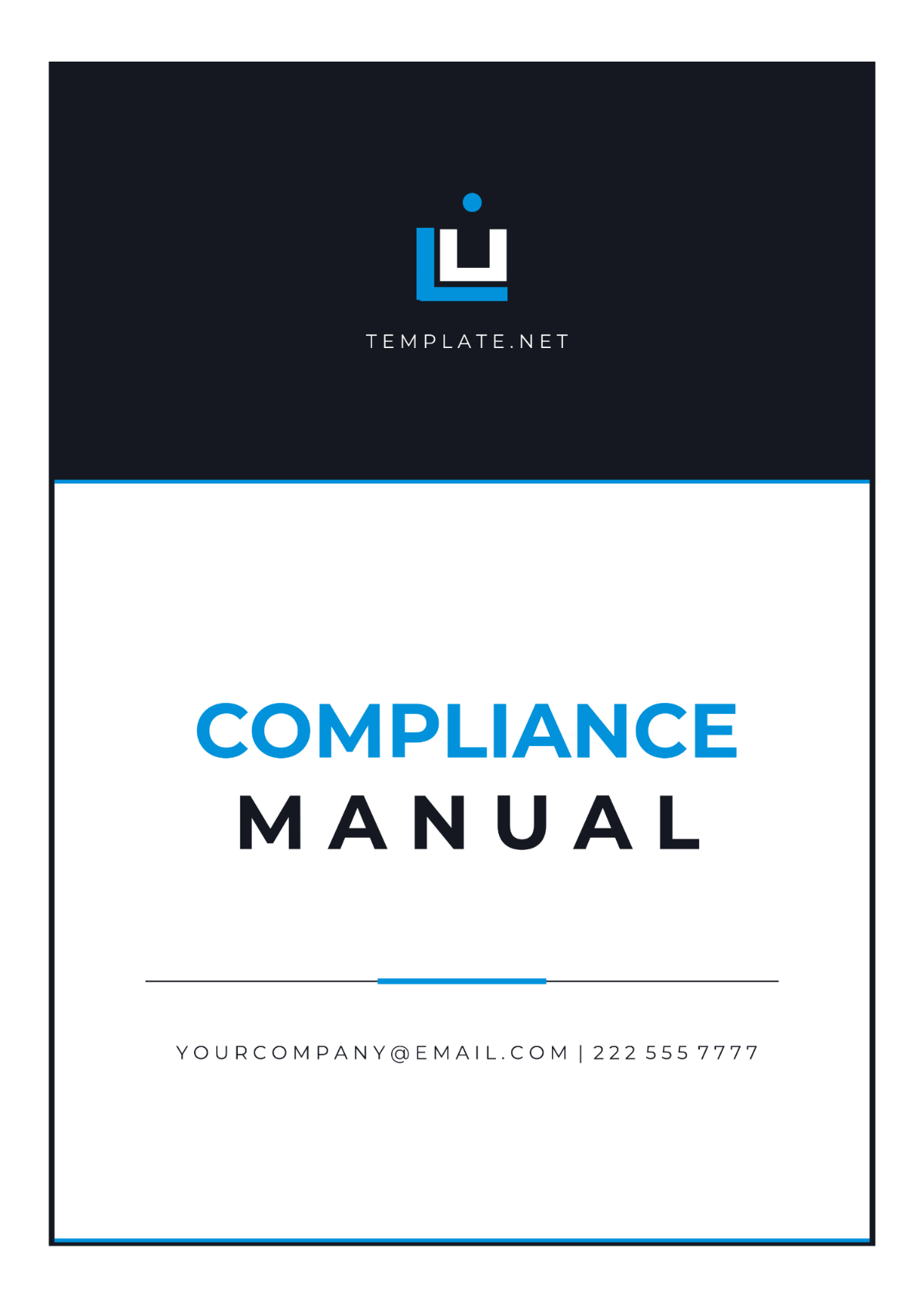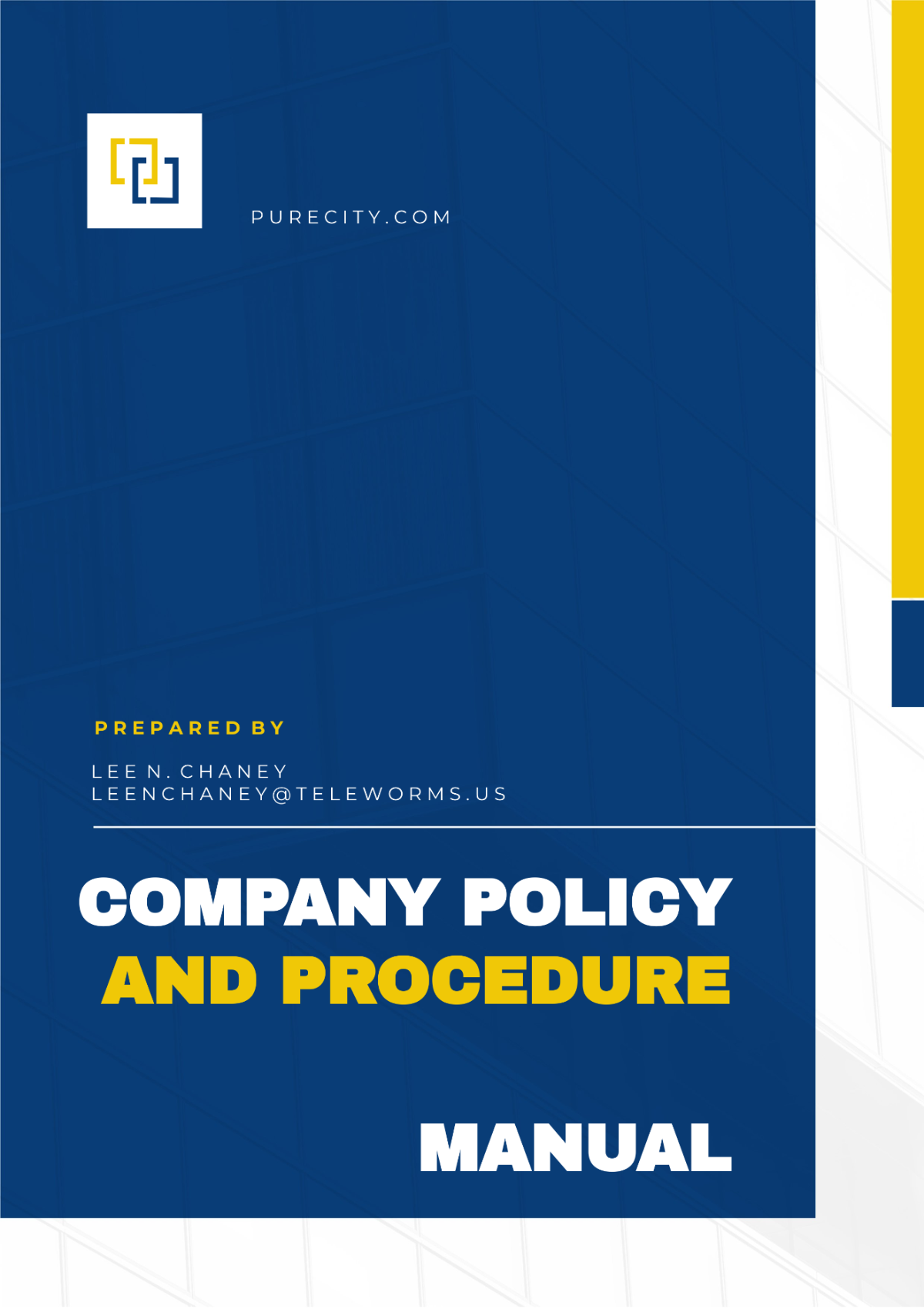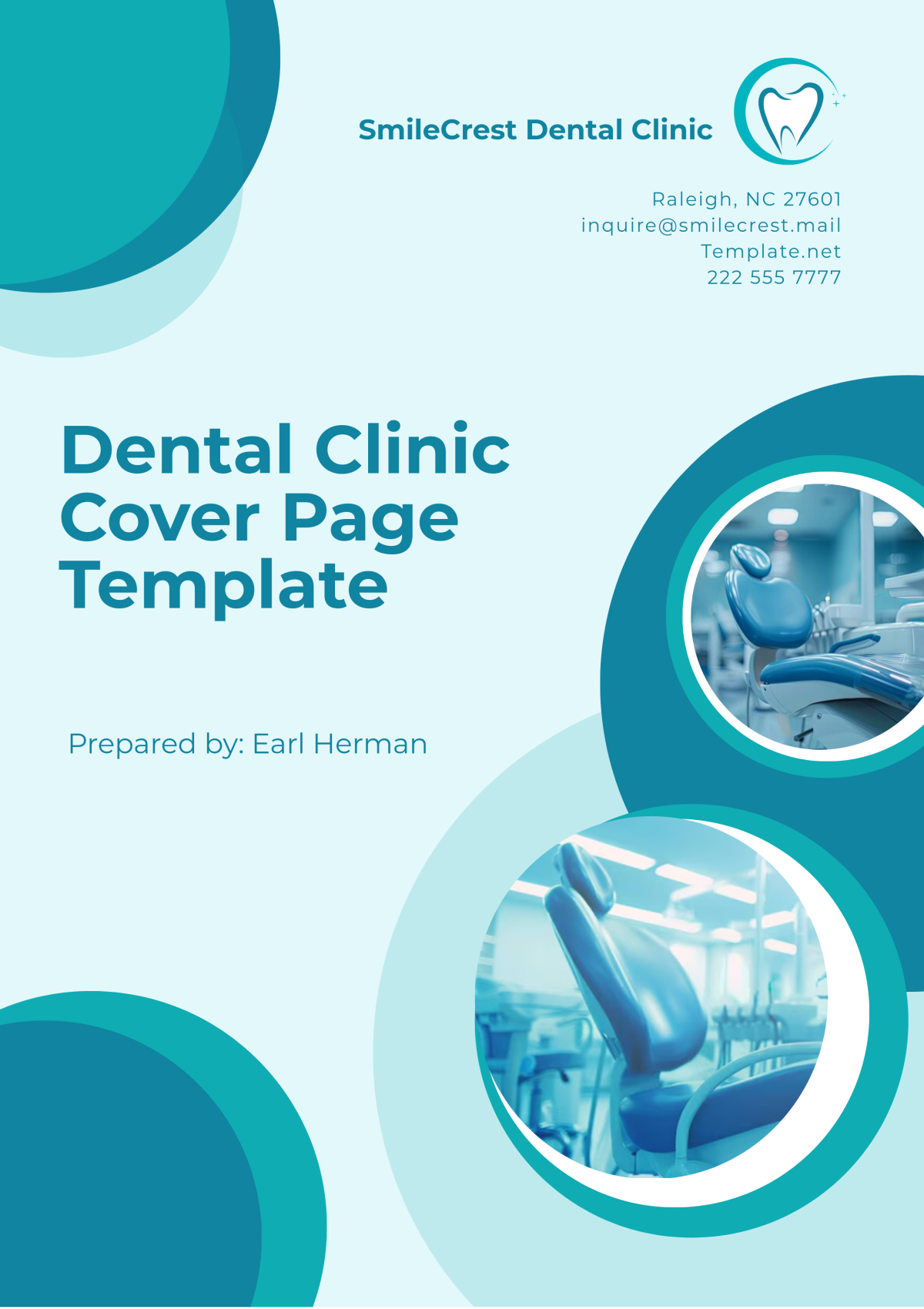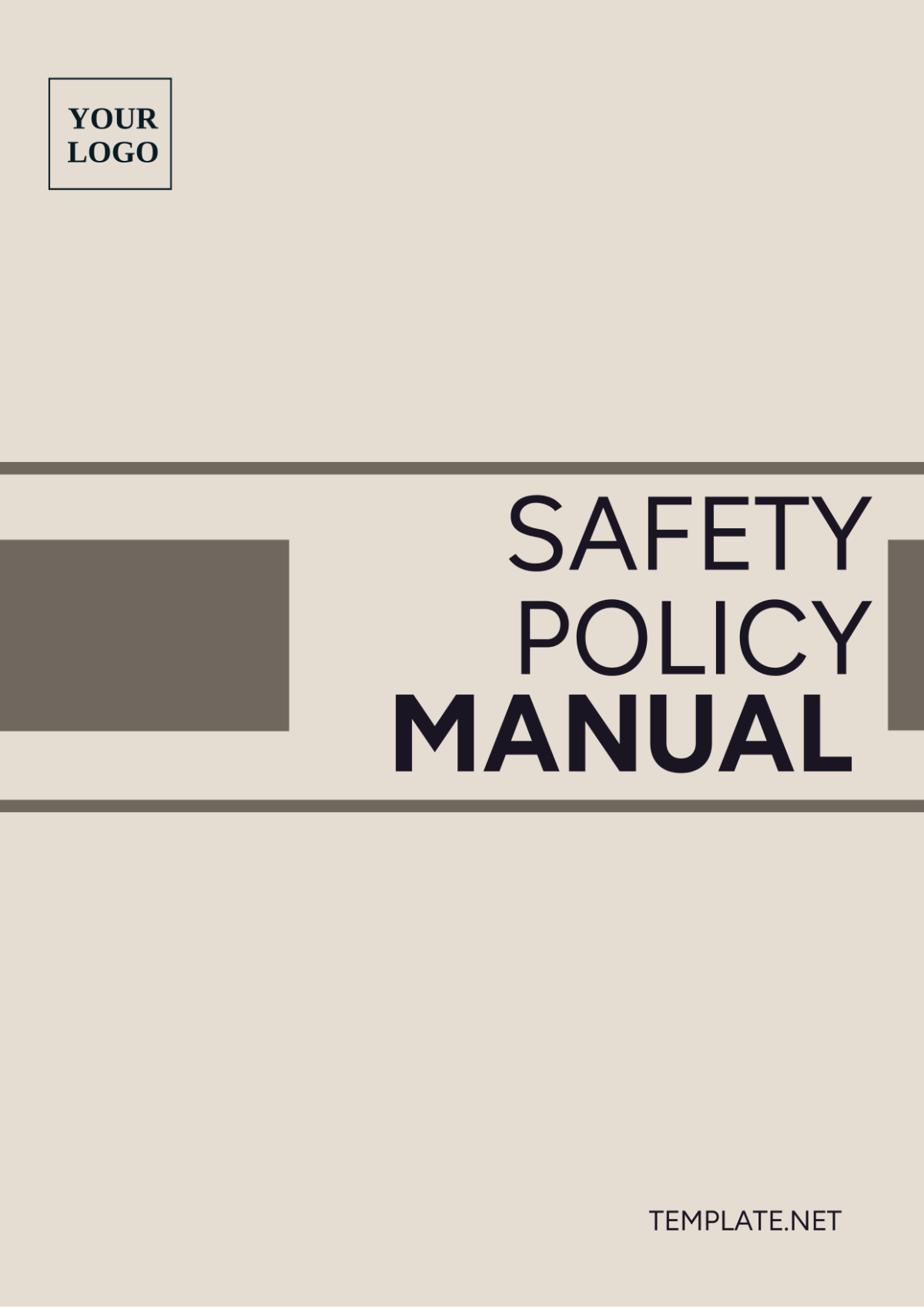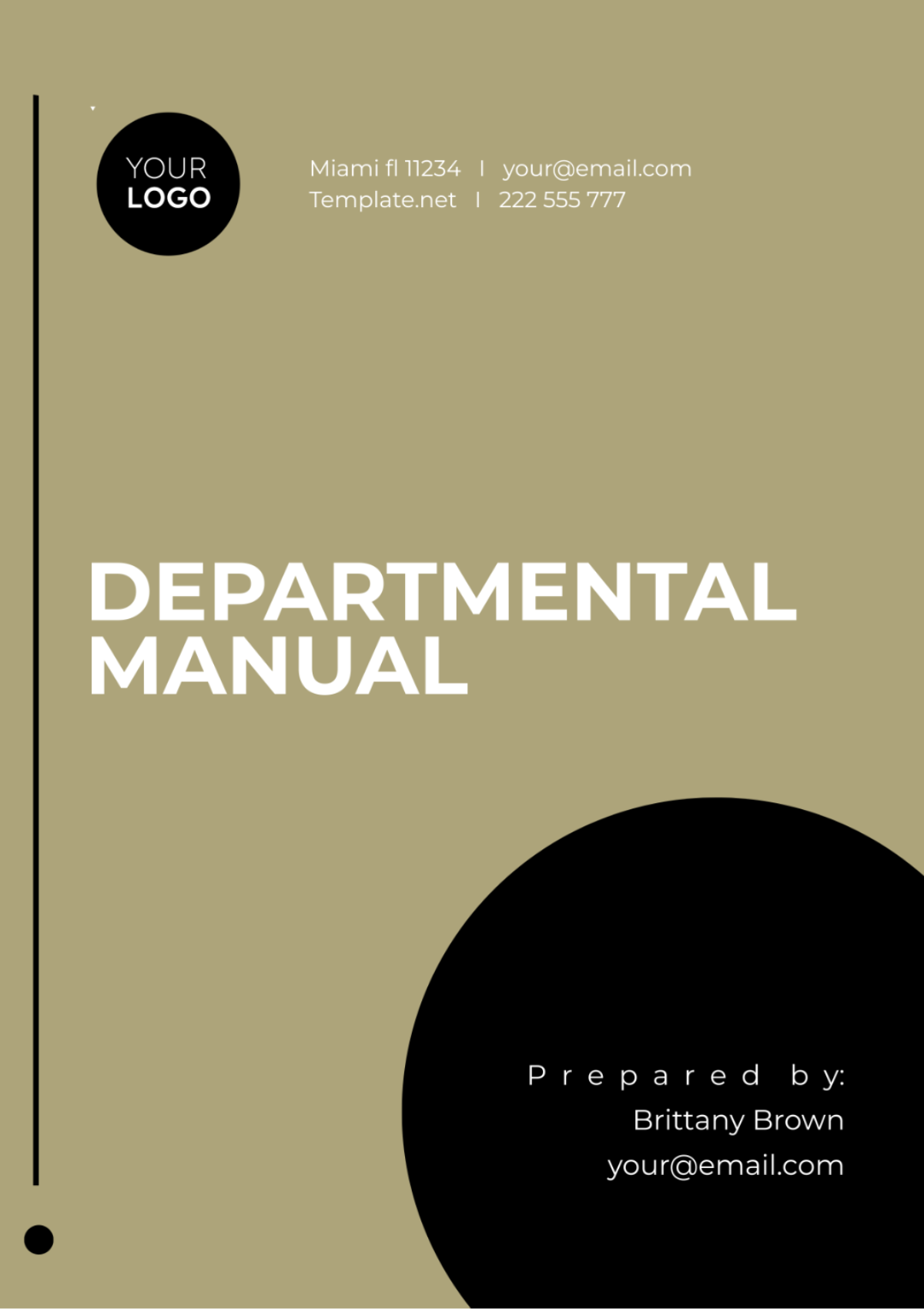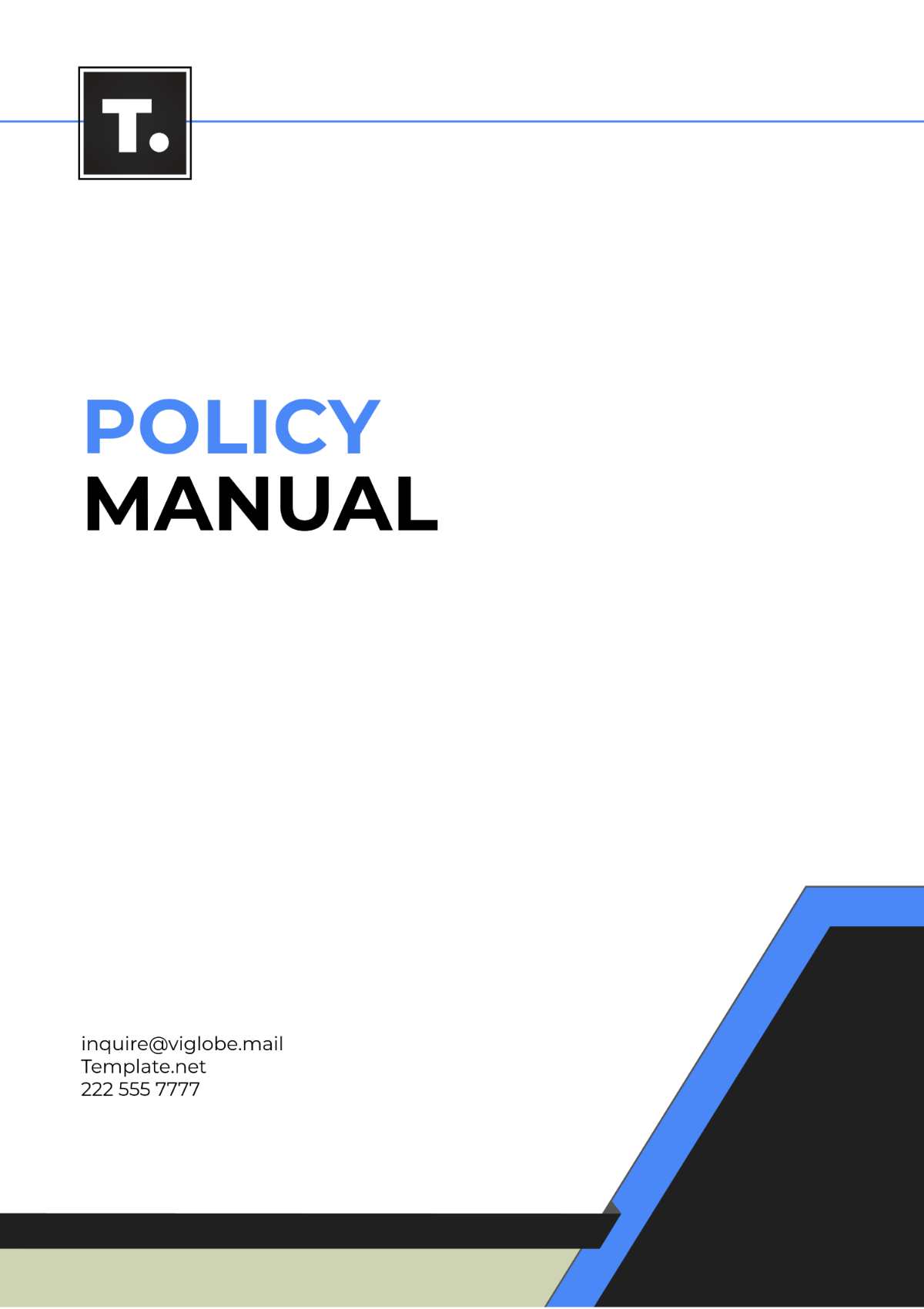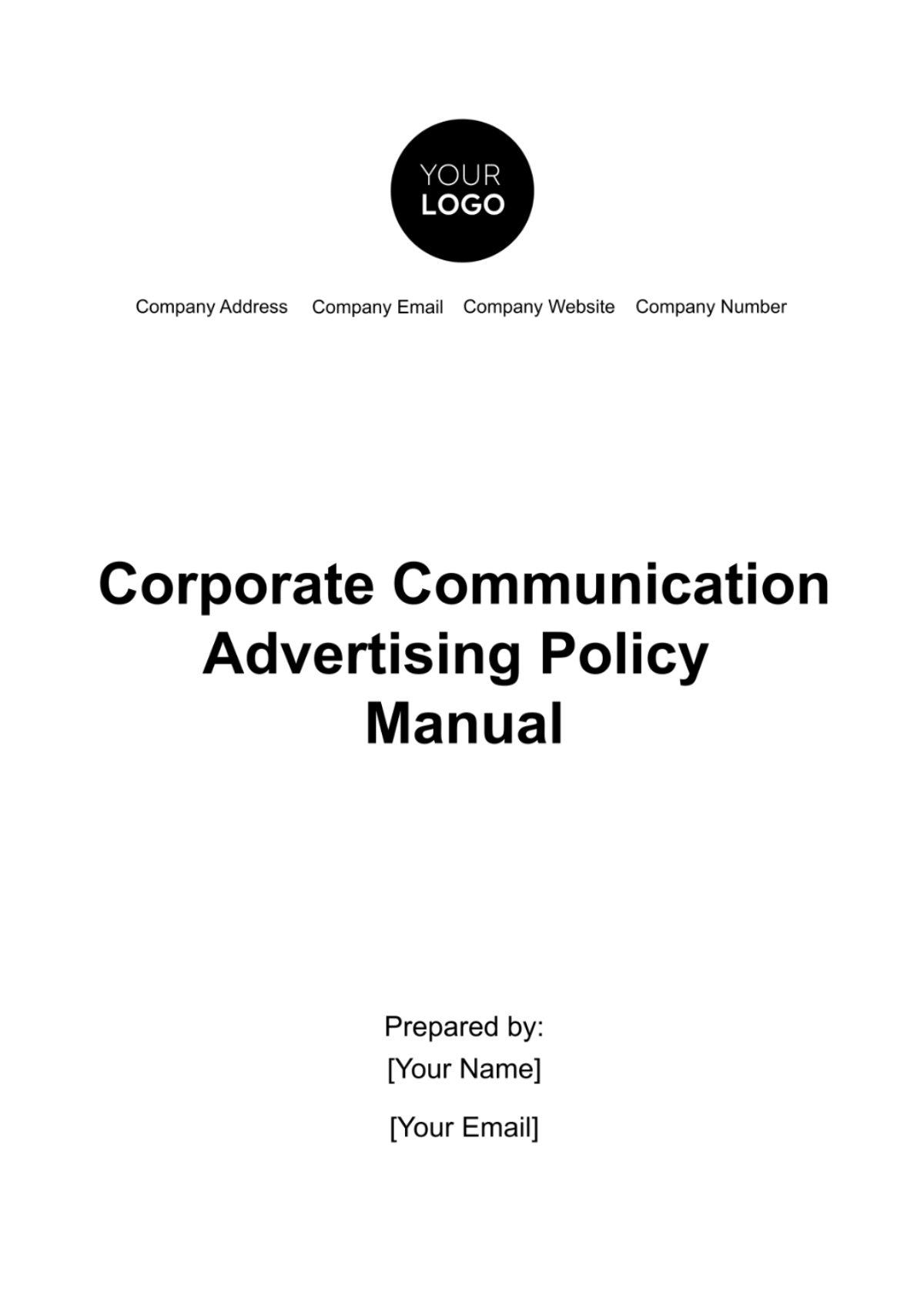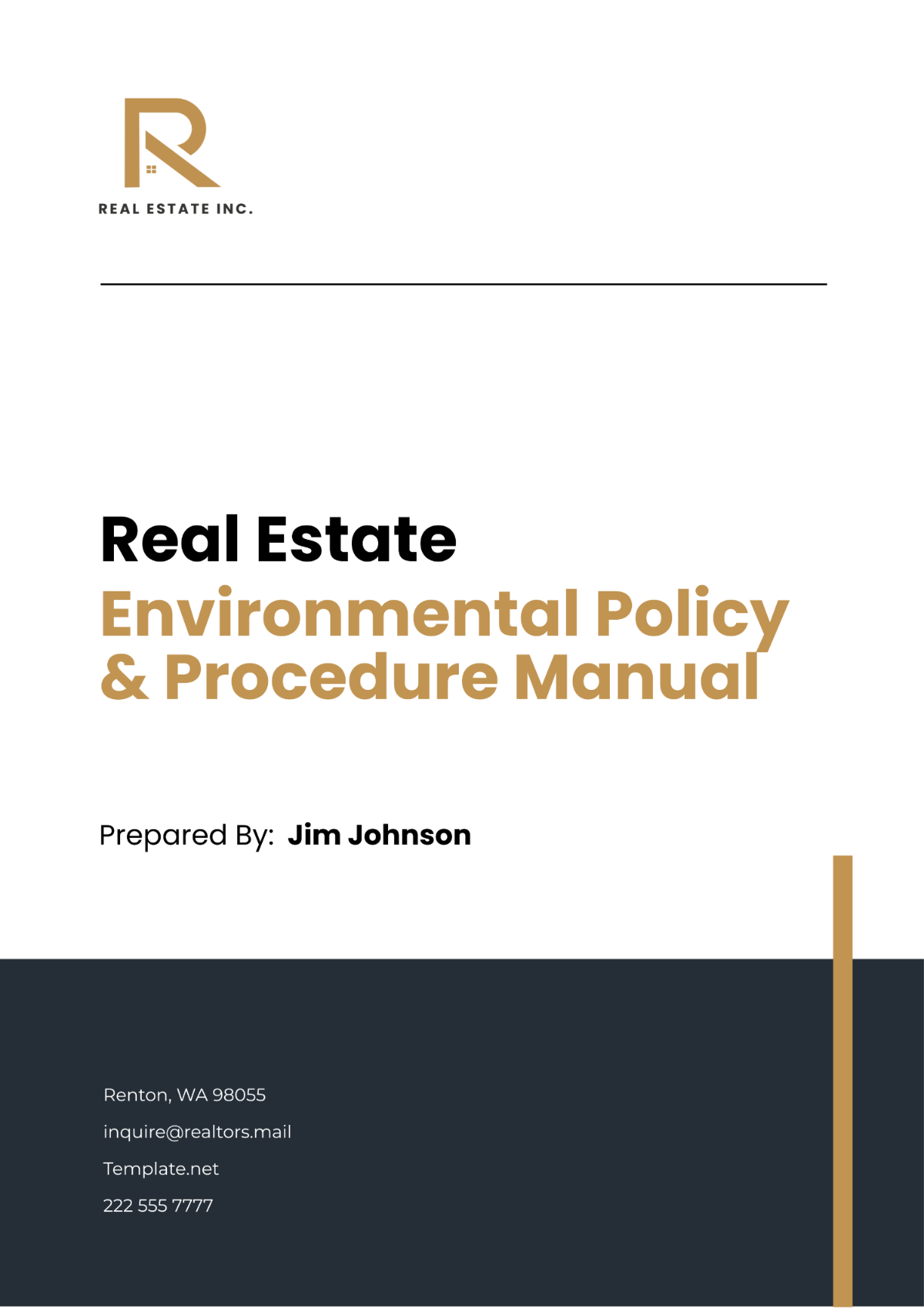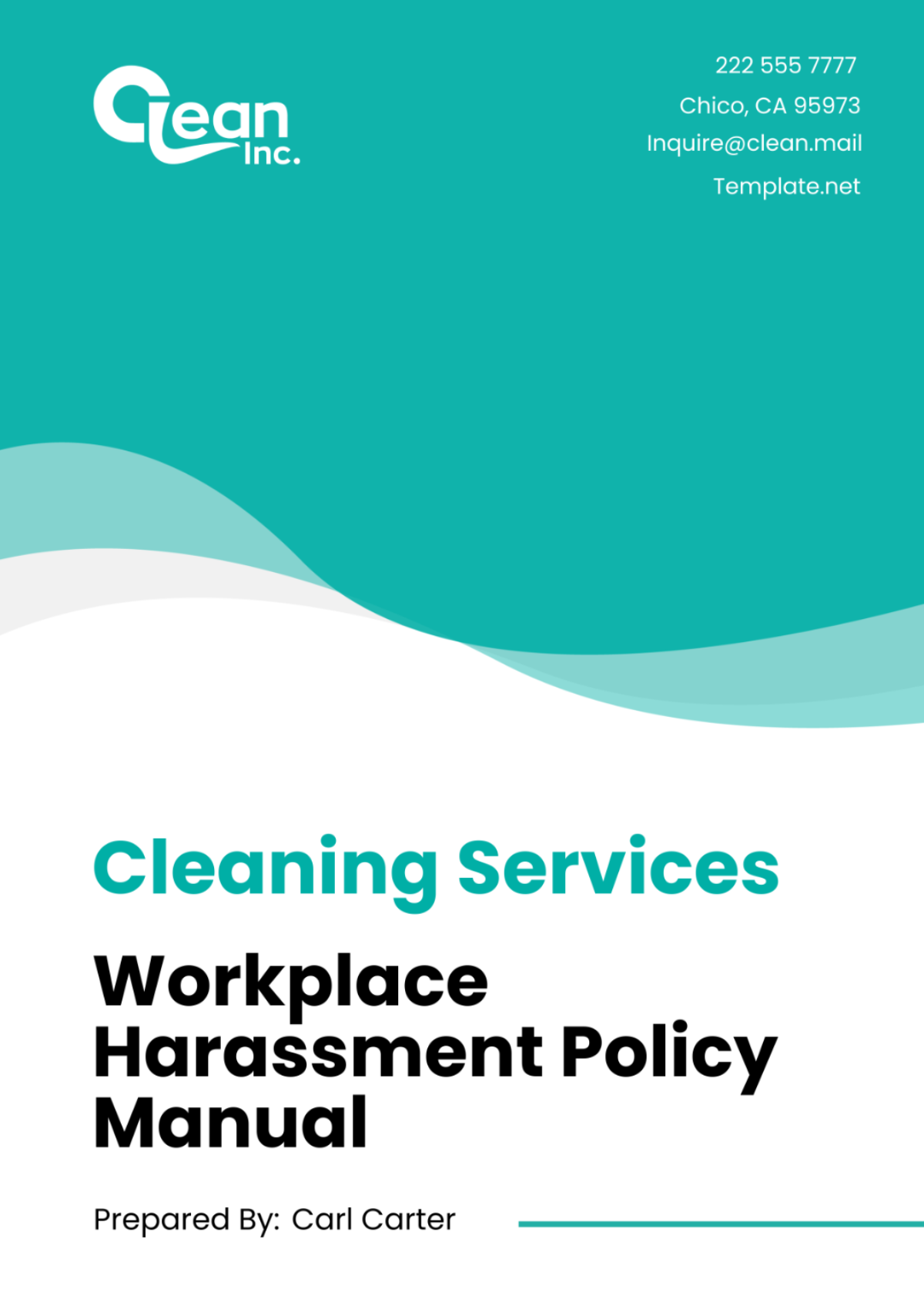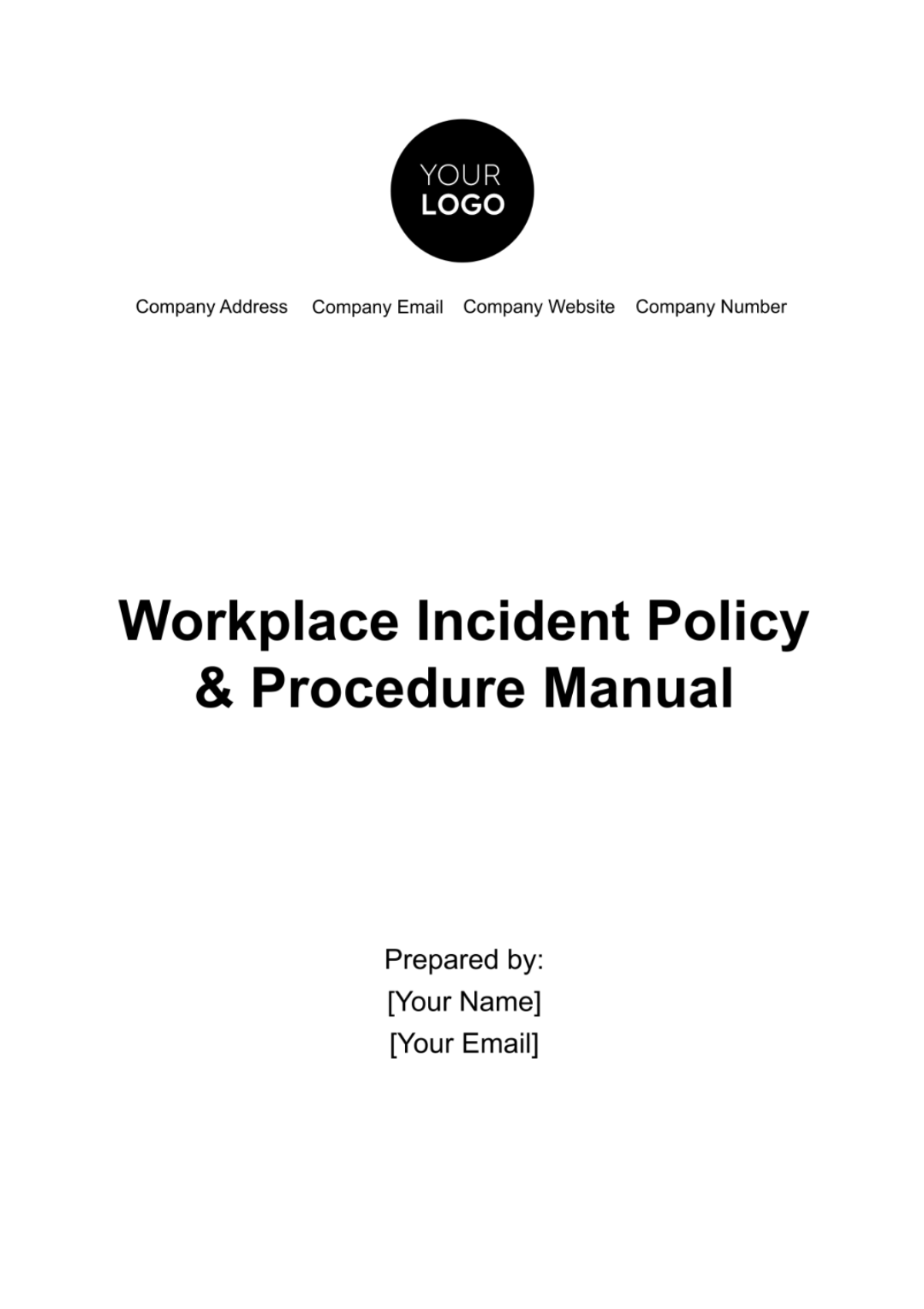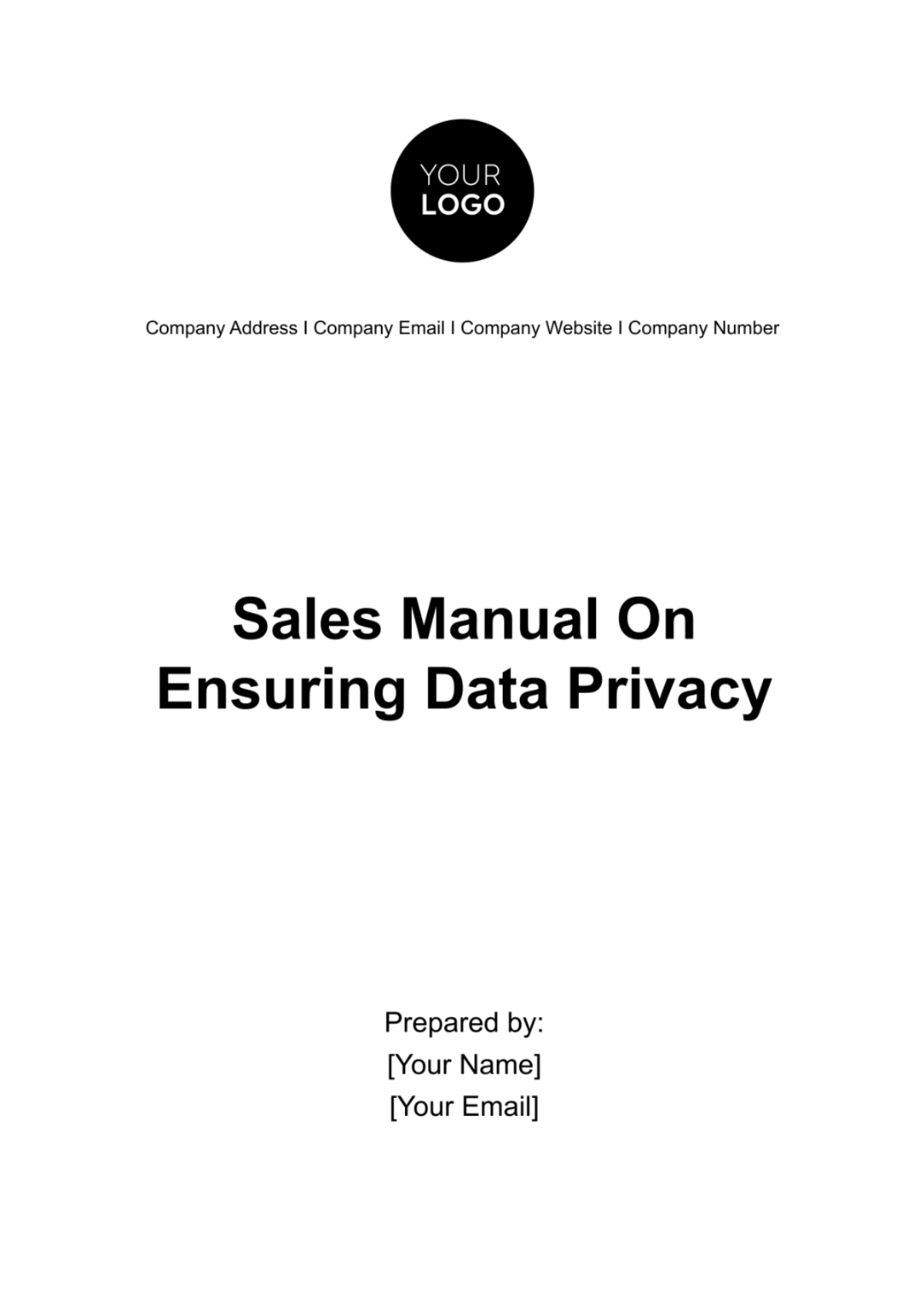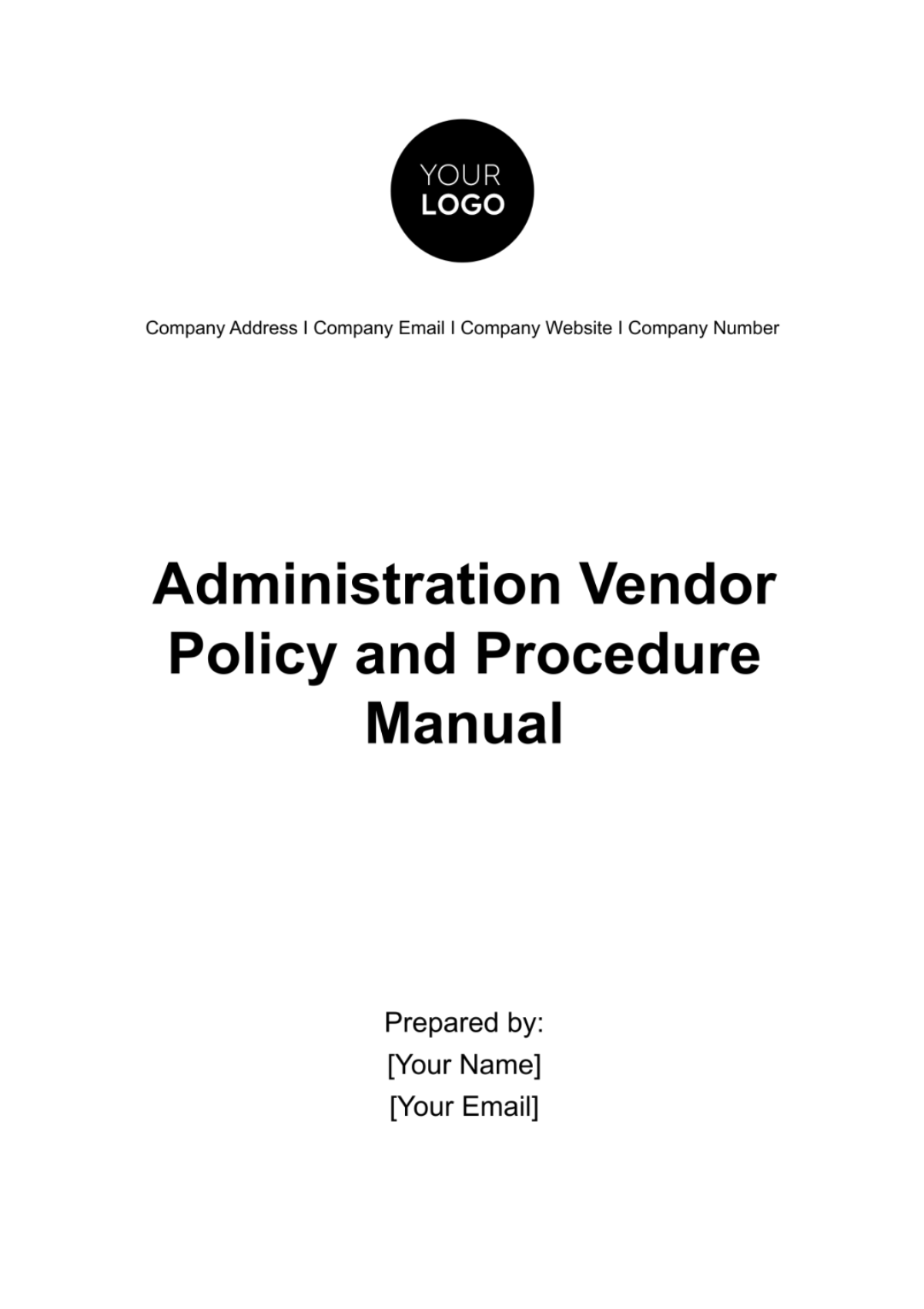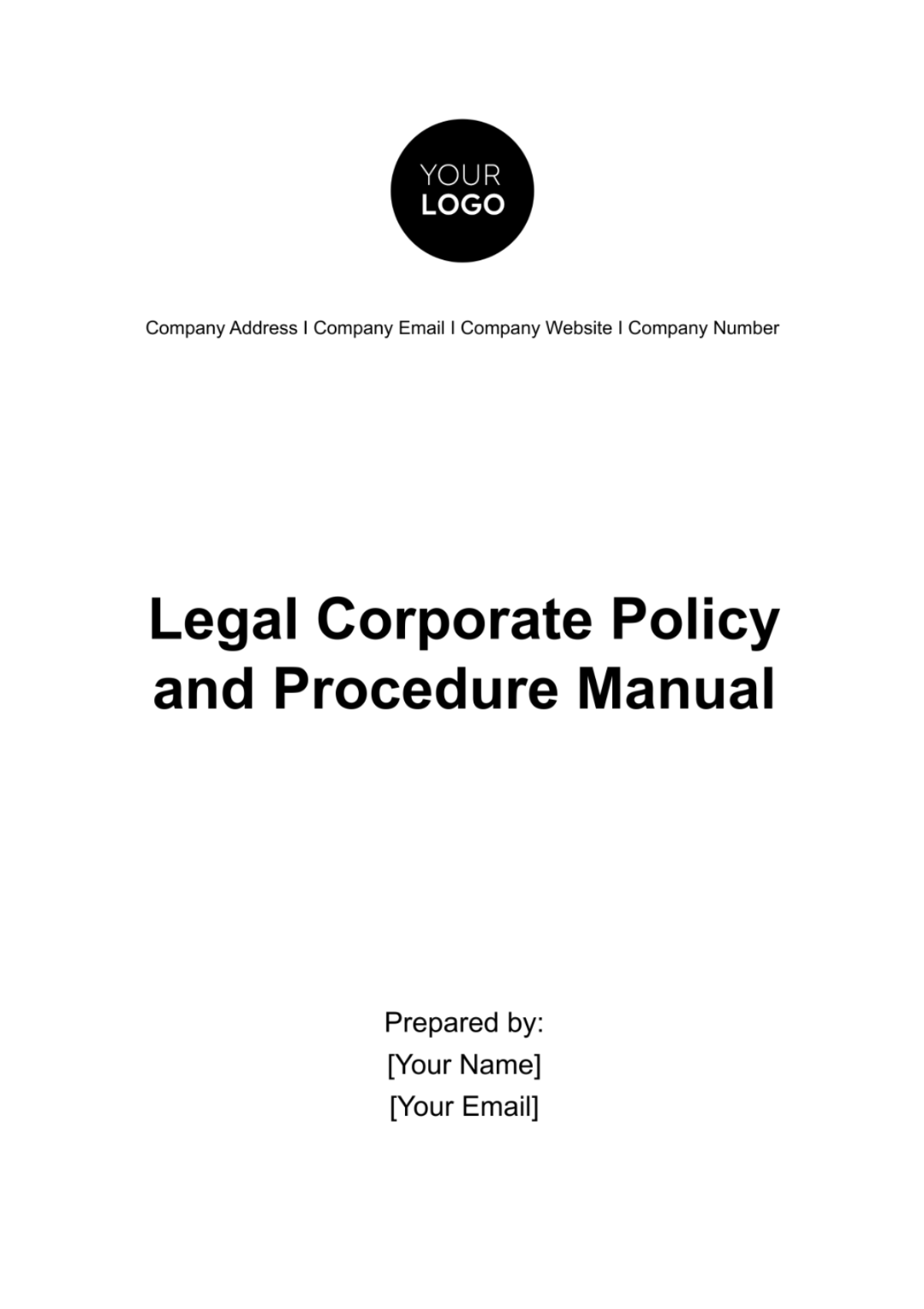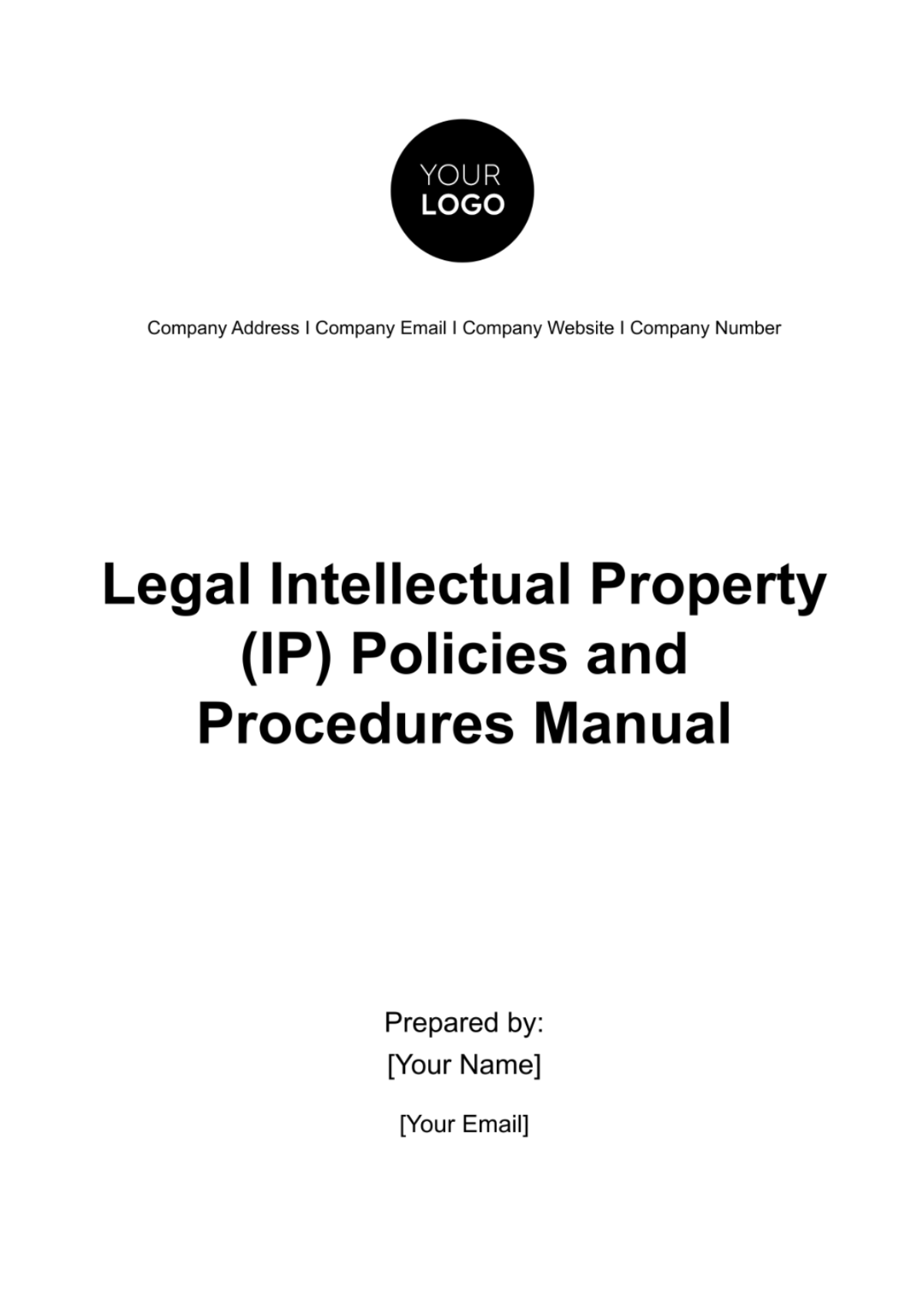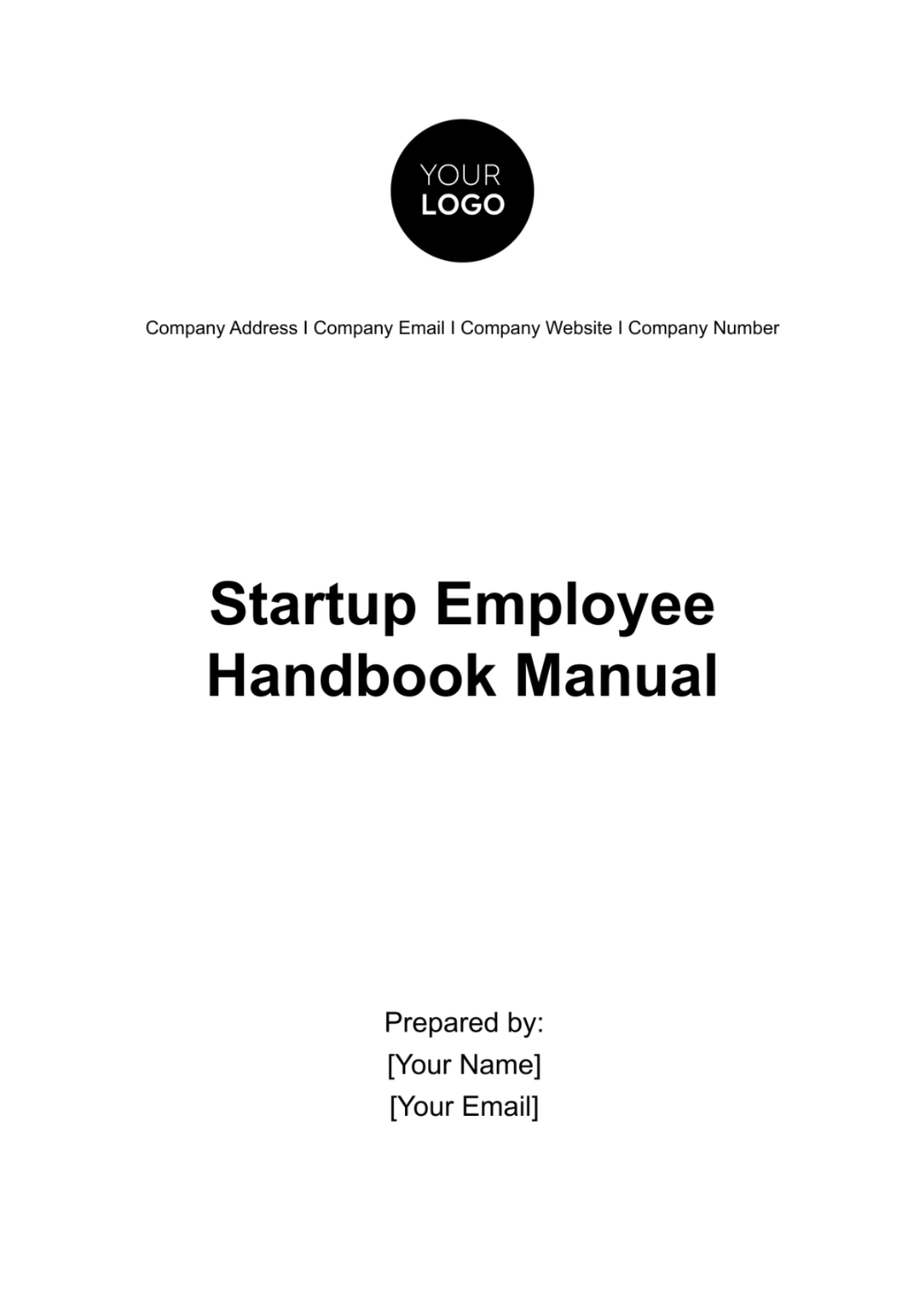Hiring Policy & Procedure Manual
Table of Contents
1. Introduction........................................................................................... 2
2. Objectives.............................................................................................. 3
3. Equal Opportunity Employment........................................................... 4
4. Job Descriptions.................................................................................... 5
5. Recruitment Process.............................................................................. 6
8. Application Procedure........................................................................... 8
9. Interview Procedure.............................................................................. 8
10. Selection and Offer............................................................................. 9
15. Internal Hiring and Transfers............................................................ 10
16. Confidentiality.................................................................................. 10
17. Compliance and Regulations............................................................ 11
18. Amendments...................................................................................... 11
19. Contact Information.......................................................................... 11
1. Introduction
As we continue to grow and evolve as an organization, maintaining a standardized and efficient hiring process becomes increasingly essential. This manual serves as a comprehensive guide that has been meticulously crafted to assist everyone involved in the hiring process—be it managers, human resource professionals, or department heads.
The importance of this manual cannot be overstated. With a diverse range of job roles and responsibilities across various departments, adhering to a unified set of guidelines ensures that our hiring practices are consistent, fair, and in compliance with legal requirements. This is crucial not only for meeting organizational goals but also for reinforcing our company's reputation as an employer of choice that values ethical practices and integrity.
Within the subsequent sections of this manual, you will find detailed procedures and protocols covering everything from job description formulation and posting to the final stages of employee onboarding. We tackle essential aspects such as Equal Opportunity Employment to ensure that our hiring is as inclusive as possible. Additionally, we delve into the procedures surrounding internal transfers and promotions, allowing for career growth and mobility within the organization.
The guidelines presented are not merely recommendations; they are directives that require strict adherence. Non-compliance will not only undermine the consistency of our hiring practices but could also expose the company to legal risks. Therefore, it is of the utmost importance that you familiarize yourself with the contents of this manual thoroughly and consult it regularly throughout the hiring process.
Lastly, the landscape of employment laws and best practices in human resources is ever-changing. As such, this manual will undergo periodic reviews and updates to reflect these changes. It is your responsibility to stay updated on the most current policies and procedures.
By adhering to the guidelines and procedures laid out in this manual, we can work collectively to maintain a hiring process that aligns with Human Resources' commitment to excellence, fairness, and legal integrity. Thank you for your attention to this critical aspect of our operations.
2. Objectives
To standardize the hiring process across all departments.
Why It Matters:
With various departments in the organization, having a standardized hiring process ensures that each candidate receives consistent and fair treatment. This approach avoids the complexities that can arise from disparate practices, streamlining administrative tasks and ensuring a uniform brand representation throughout the recruitment process.
How It's Achieved:
Standard operating procedures and checklists will be used to guide the hiring process from start to finish. These tools will be developed by the Human Resources department in collaboration with department heads to make sure they are universally applicable.
Monitoring:
Regular audits will be conducted to ensure all departments are adhering to the standardized process. Non-compliance will result in corrective measures and potentially, mandatory training sessions to re-align the concerned department with company policy.
To ensure compliance with local, state, and federal employment laws.
Why It Matters:
Legal compliance is not just a box to tick; it's essential for protecting the organization against potential lawsuits and penalties. Compliance with employment laws also enhances our reputation as a fair and responsible employer.
How It's Achieved:
Human Resources will stay updated on all local, state, and federal laws related to employment and will adjust the hiring guidelines as necessary. Legal consultation will be sought when crafting or modifying any part of the hiring process.
Monitoring:
An annual review of hiring practices will be conducted to ensure that they are in line with current laws. Any discrepancies will be immediately corrected, and relevant staff will be notified and trained on the updated procedures.
To maintain a transparent and ethical hiring practice.
Why It Matters:
Transparency and ethics are vital for candidate experience and company reputation. It ensures that candidates are selected based on merit rather than favoritism or other biased factors, which in turn creates a more diverse and competent workforce.
How It's Achieved:
All steps in the recruitment process, including the criteria for selection, will be clearly defined and openly shared with candidates. The company will also maintain a policy of open communication, encouraging candidates and employees to ask questions or raise concerns about the hiring process.
Monitoring:
Feedback will be regularly collected from new hires and those involved in the hiring process to assess the transparency and fairness of the procedures. This feedback will be analyzed and used for continuous improvement.
By focusing on these objectives, we aim to build an efficient, fair, and compliant hiring process that serves the needs of both the organization and the candidates we seek to attract.
3. Equal Opportunity Employment
At Human Resources, our commitment to Equal Opportunity Employment is unwavering and forms the cornerstone of our hiring philosophy. We believe that diversity enriches our workplace and drives innovation, and we are steadfast in our dedication to providing a fair and inclusive environment for everyone. This means that all candidates will be evaluated based on their skills, experience, and qualifications alone, without regard to age, sex, race, religion, national origin, disability status, or any other factors protected by law.
To bring this commitment to life, we have implemented robust procedures and practices designed to eliminate any form of discrimination or bias during the hiring process. This extends from the initial job posting, which will always be crafted to encourage applications from all qualified individuals, to the selection process, where criteria are strictly focused on professional qualifications and job requirements.
We also invest in ongoing training programs for our staff to recognize and combat unconscious biases, thereby ensuring that our hiring process remains as objective and fair as possible. In addition, we actively monitor our hiring data to identify any patterns or trends that suggest biased outcomes, enabling us to take corrective action as needed.
By ardently adhering to the principles of Equal Opportunity Employment, we not only fulfill legal and ethical responsibilities but also contribute to a more dynamic, versatile, and effective workforce. It is everyone's responsibility within the organization to contribute to an inclusive culture, and this policy serves as a compass to guide our actions and decisions throughout the hiring process.
4. Job Descriptions
Creating precise and comprehensive job descriptions is pivotal to attracting the most qualified candidates for a position and forms the foundation of an effective hiring process. All job descriptions should be collaboratively formulated by the department head and HR Manager to ensure they are both accurate and compliant with company policies and relevant laws. Once drafted, job descriptions must be approved by both parties before initiating the recruitment process. Below are the key components that each job description will include:
Job Title
The job title should be concise yet descriptive enough to give potential candidates an immediate understanding of the role's primary function. This title should align with industry standards to ensure it is searchable and understandable externally. Inclusive language should be used to appeal to a broad range of potential candidates.
Responsibilities
This section will provide a detailed list of the job's core duties and responsibilities. These should be articulated in a manner that prospective applicants can understand the day-to-day tasks they will undertake and the overarching goals they will contribute to. This section should also clarify whether the role is team-based, involves management of others, or requires interaction with clients or stakeholders. The use of bullet points is encouraged for clarity and readability.
Qualifications
Clearly specifying the qualifications ensures that only appropriately skilled candidates apply. This should include both educational requirements, like degrees or certifications, and professional experience. Essential and preferred skills should be separated to distinguish between mandatory qualifications and those that are advantageous but not strictly necessary. For certain roles, specialized training or expertise in certain software may be required; this should be made clear.
Reporting Structure
This component is crucial for prospective candidates to understand their place within the organizational hierarchy. Specify to whom the candidate will report and if the role involves any managerial duties over other staff or departments. The reporting structure should also indicate how the role fits into the team or department, providing context for how the role contributes to the broader organizational goals.
By taking the time to thoroughly define each of these elements, we not only help potential candidates assess their fit for the role but also facilitate the interview and selection processes, making it easier to evaluate candidates on a standardized set of criteria. This standardization is vital for ensuring fairness and objectivity throughout the hiring process.
5. Recruitment Process
The recruitment process is a crucial series of steps that begin with identifying a need for a new hire and end with posting the job description on various recruitment channels. This structured approach ensures alignment across departments and maximizes the likelihood of attracting the right talent. Below are tables outlining the essential steps and recruitment channels involved in this process.
6. Steps in the Recruitment Process
Step | Description |
Departmental Request | A formal request for a new employee is submitted to the Human Resources department by the concerned department. |
Budget Approval | The Finance department reviews and approves the budget allocated for the new role. |
Job Posting | The approved job description is disseminated across various recruitment platforms to attract qualified candidates. |
7. Recruitment Channels
Channel | Description |
Company Website | The job description is posted on the company's official careers page. |
Social Media | The role is advertised across the company’s social media accounts, which may include LinkedIn, Twitter, and Facebook. |
Job Boards | Platforms like Indeed, Glassdoor, or specialized industry job boards are utilized to reach a wider audience. |
Recruitment Agencies | Third-party agencies may be engaged to headhunt candidates for specialized or senior roles. |
By adhering to these steps and utilizing multiple channels for recruitment, we aim to streamline the hiring process, ensuring that it is efficient, equitable, and effective.
8. Application Procedure
The application procedure is a standardized process that aims to collect relevant information from prospective candidates. This allows us to assess qualifications, skills, and fit for the position in a consistent manner. The following table outlines the types of forms that candidates are required to complete and where these forms should be submitted.
Forms to be Completed in the Application Procedure
Form Title | Purpose | Where to Submit |
Application Form | To gather basic information such as personal details, educational background, and work experience. | HR Department |
Skill Assessment | To evaluate the specific skills relevant to the job role. | HR Department |
All forms are essential to move forward in the hiring process, and incomplete or inaccurately filled forms may result in the candidate's application being paused or terminated. Therefore, it is crucial that all applicants provide complete and accurate information.
9. Interview Procedure
The interview procedure is a multi-stage process designed to evaluate candidates holistically, focusing on their technical competencies, interpersonal skills, and alignment with company values and objectives. Below is an outline of the key stages in the interview process and the responsible individuals for each stage.
Responsible Persons for Each Stage of the Interview
Interview Stage | Responsible Person |
First Interview | Department Manager |
Second Interview | HR Manager |
Final Interview | CEO, Amy Johnson |
The first interview typically focuses on the candidate’s job-related skills and technical capabilities and is usually conducted by the Department Manager. The second interview, handled by the HR Manager, delves into the applicant’s fit within the company culture, their soft skills, and other competencies not covered in the first interview. The final interview is usually a more comprehensive discussion led by the CEO, Amy Johnson, to assess how well the candidate aligns with the overarching goals and mission of the company.
Each stage is crucial, and candidates must pass each one to proceed to the next. This structured approach helps to ensure that we select candidates who are not only technically competent but also a good fit for our company culture.
10. Selection and Offer
The selected candidate will be presented with an official job offer, which must be signed and returned within one week.
11. Onboarding Process
Orientation is an integral part of our hiring process and takes place within the first month of employment. This program aims to onboard new hires smoothly and equip them with the essential knowledge and tools they'll need in their new roles. The orientation program consists of three key components, detailed below, to ensure a well-rounded introduction to the company and its operations.
12. Company Policy Review
The first part of the orientation is dedicated to reviewing the company's policies. This segment helps to familiarize new hires with our organizational culture, values, and the rules that govern our workplace. This includes a comprehensive look at our guidelines on ethical conduct, health and safety measures, and other essential policies. A question-and-answer session usually follows the review, allowing new hires to clarify any points of concern.
13. Skill Assessment Tests
The second part involves skill assessment tests tailored to the position the new hire will occupy. These tests serve multiple purposes: they evaluate the employees' proficiency level, identify areas where further training might be needed, and also give the new hires an understanding of the performance metrics against which they will be assessed. The results of these tests are discussed with the employee and are often used to customize their initial work assignments and ongoing professional development plans.
14. Introduction to Team Members
The third and final part of the orientation program involves formally introducing the new hires to their immediate team members as well as other key personnel they will interact with regularly. These introductions help build initial relationships and offer newcomers an understanding of team dynamics and workflow. We usually schedule this session in a relaxed setting, often including a team lunch or a less formal gathering, to promote a comfortable and open exchange between new hires and existing team members.
By combining these three components, our orientation program aims to set up new employees for success from their first day, ensuring they feel integrated, well-informed, and ready to contribute to the team.
15. Internal Hiring and Transfers
Existing employees interested in other positions must fill out an Internal Transfer Request form and submit it to the HR Department.
16. Confidentiality
Confidentiality is a cornerstone of our hiring process. All individuals involved in any stage of the recruitment and selection process are required to maintain the utmost confidentiality concerning applicant information. This includes, but is not limited to, resumes, interview notes, background checks, and any conversations about the candidates. Failure to uphold this confidentiality not only compromises the integrity of the hiring process but may also expose the company to legal risks. It is essential to remember that leaking any confidential information may result in disciplinary action, up to and including termination. Our commitment to confidentiality ensures that candidates trust our hiring process, and it also maintains our company's reputation for ethical and secure practices.
17. Compliance and Regulations
Adherence to the policies and procedures outlined in this manual is not optional; it is mandatory for all individuals involved in the hiring process. Failure to comply with any of these guidelines could undermine the uniformity and fairness of our hiring practices and may expose the company to legal ramifications. Disciplinary actions for non-compliance may range from verbal or written warnings to more severe measures, including termination of employment. Therefore, it's crucial for all team members to be aware of, understand, and abide by these regulations to maintain the high standard of ethical conduct we expect within our organization.
18. Amendments
Any amendments to these policies require approval from the Board of Directors and must be communicated to all employees.
19. Contact Information
For questions or clarifications:
HR Manager: [Your Name]
Email: [Your Company Email]
Phone: [Your Company Number]
This manual is subject to change and may be updated periodically to reflect new regulations or company policies. Always refer to the latest version for the most current information.
